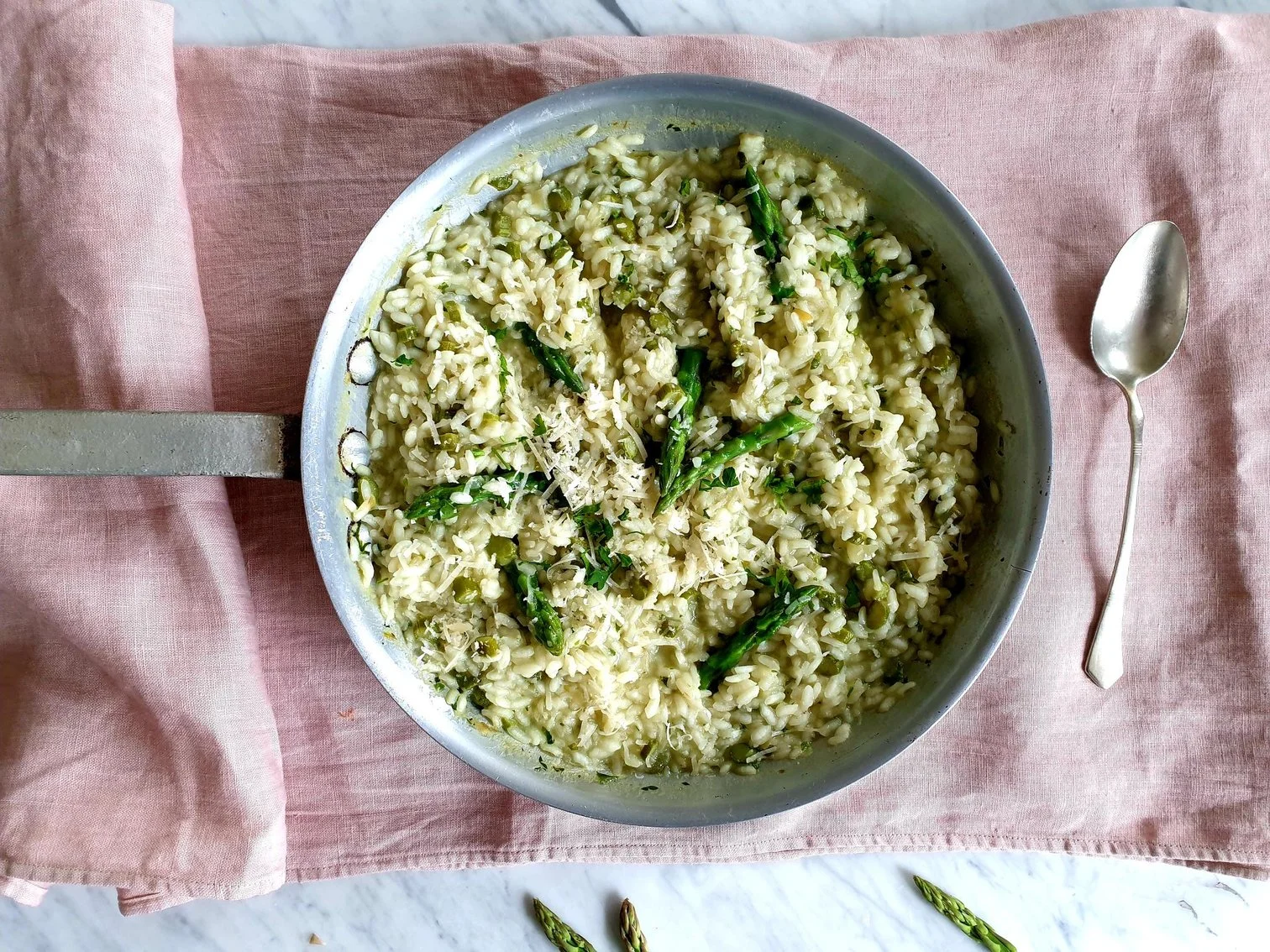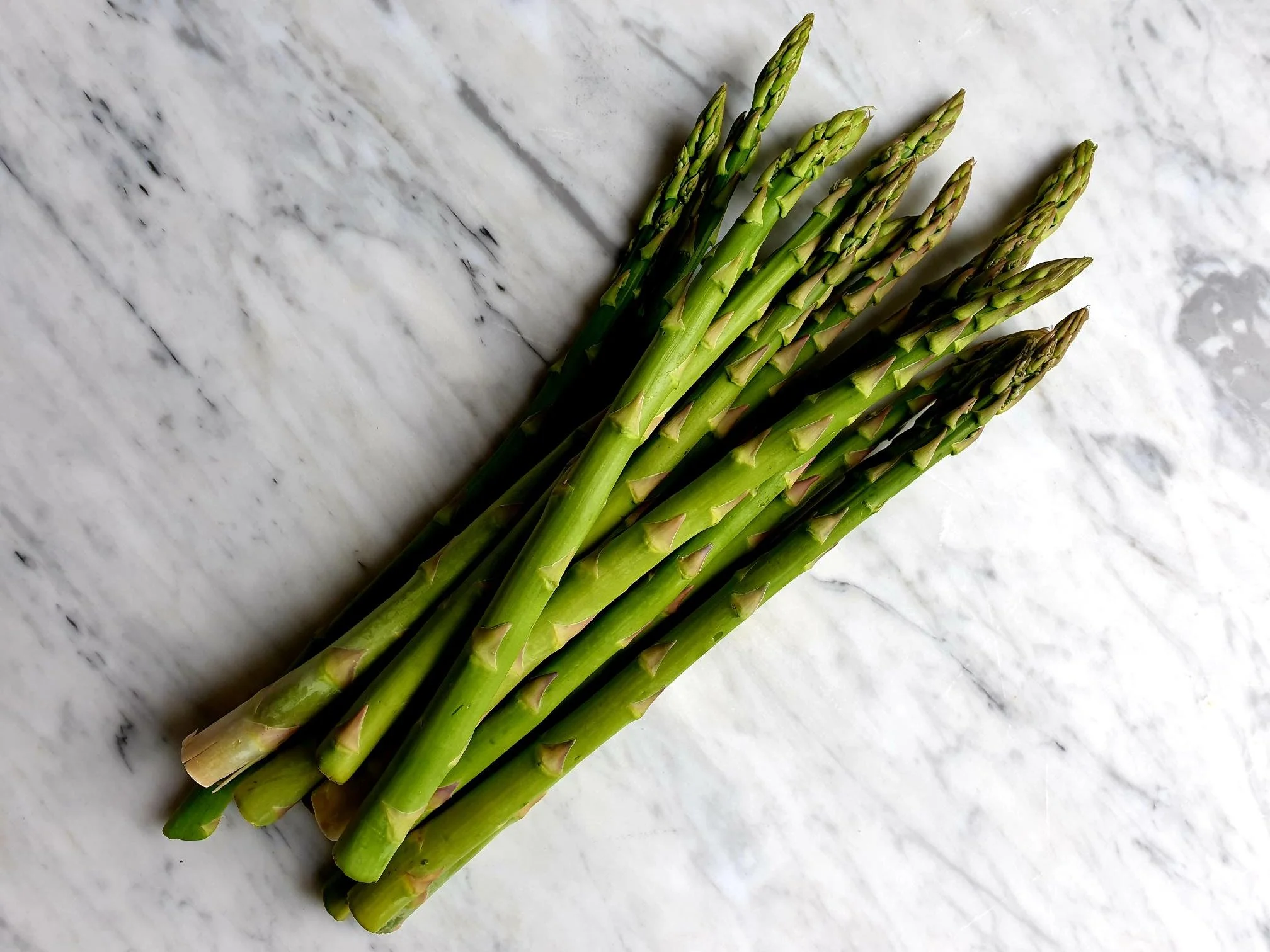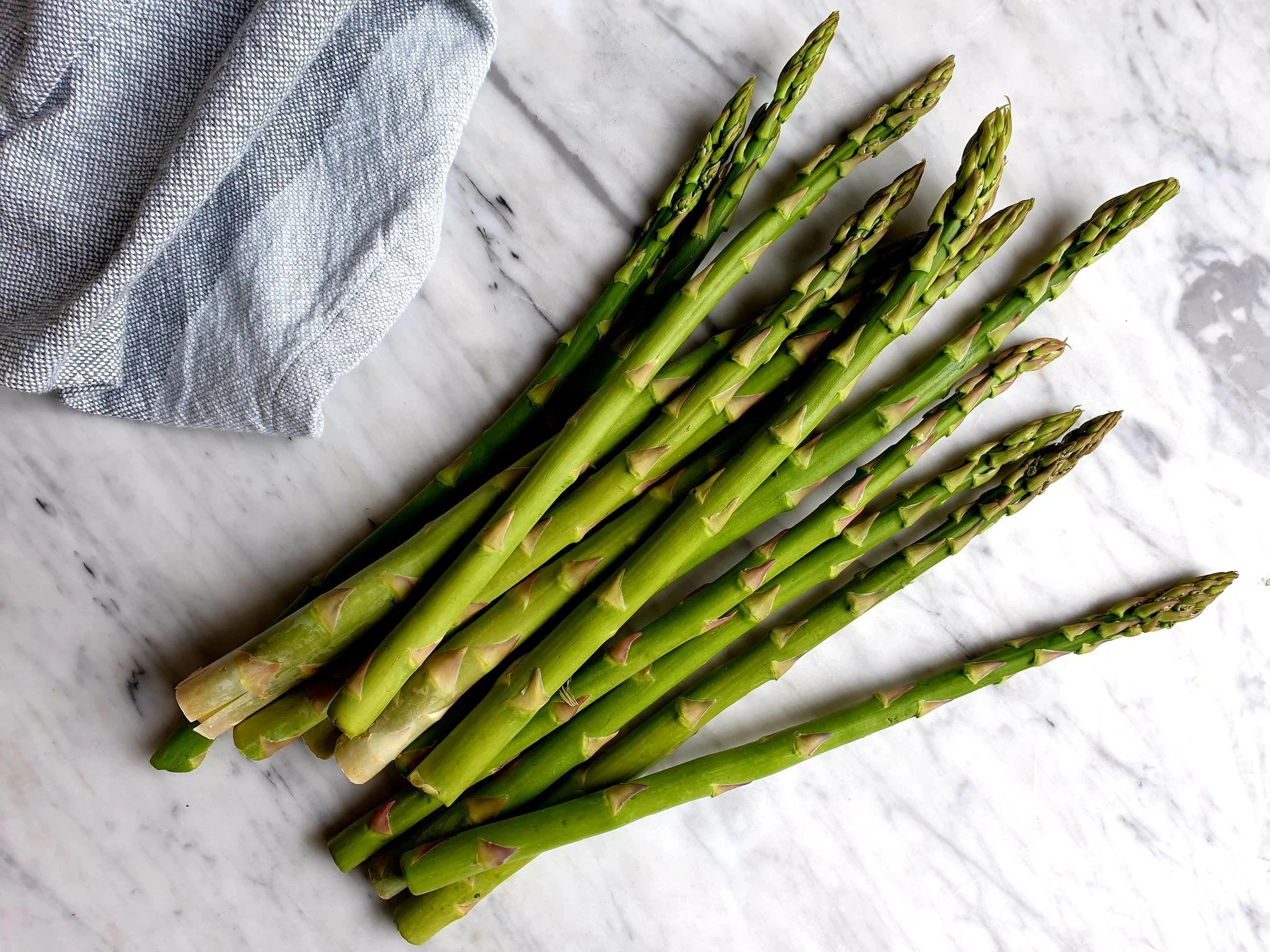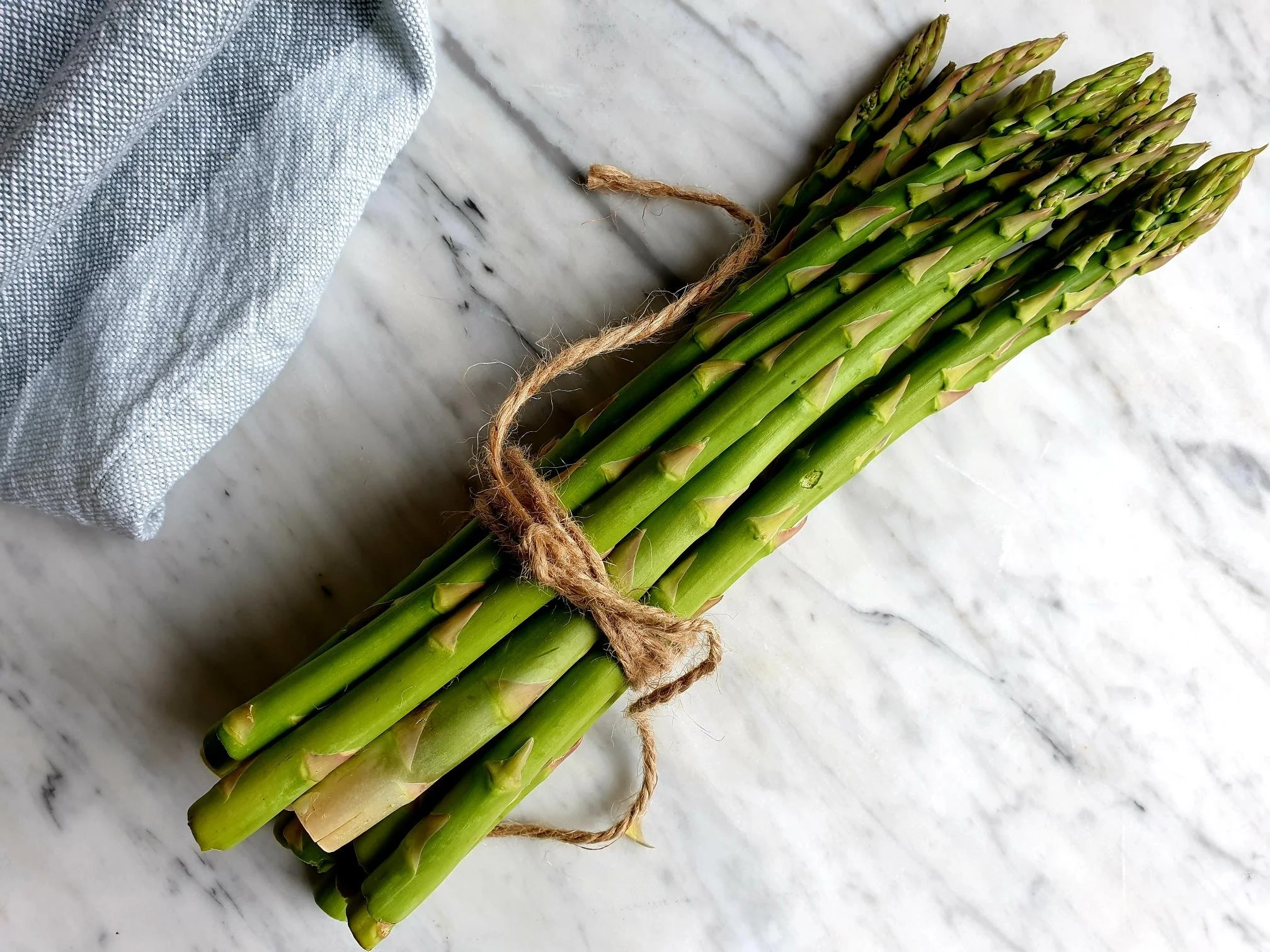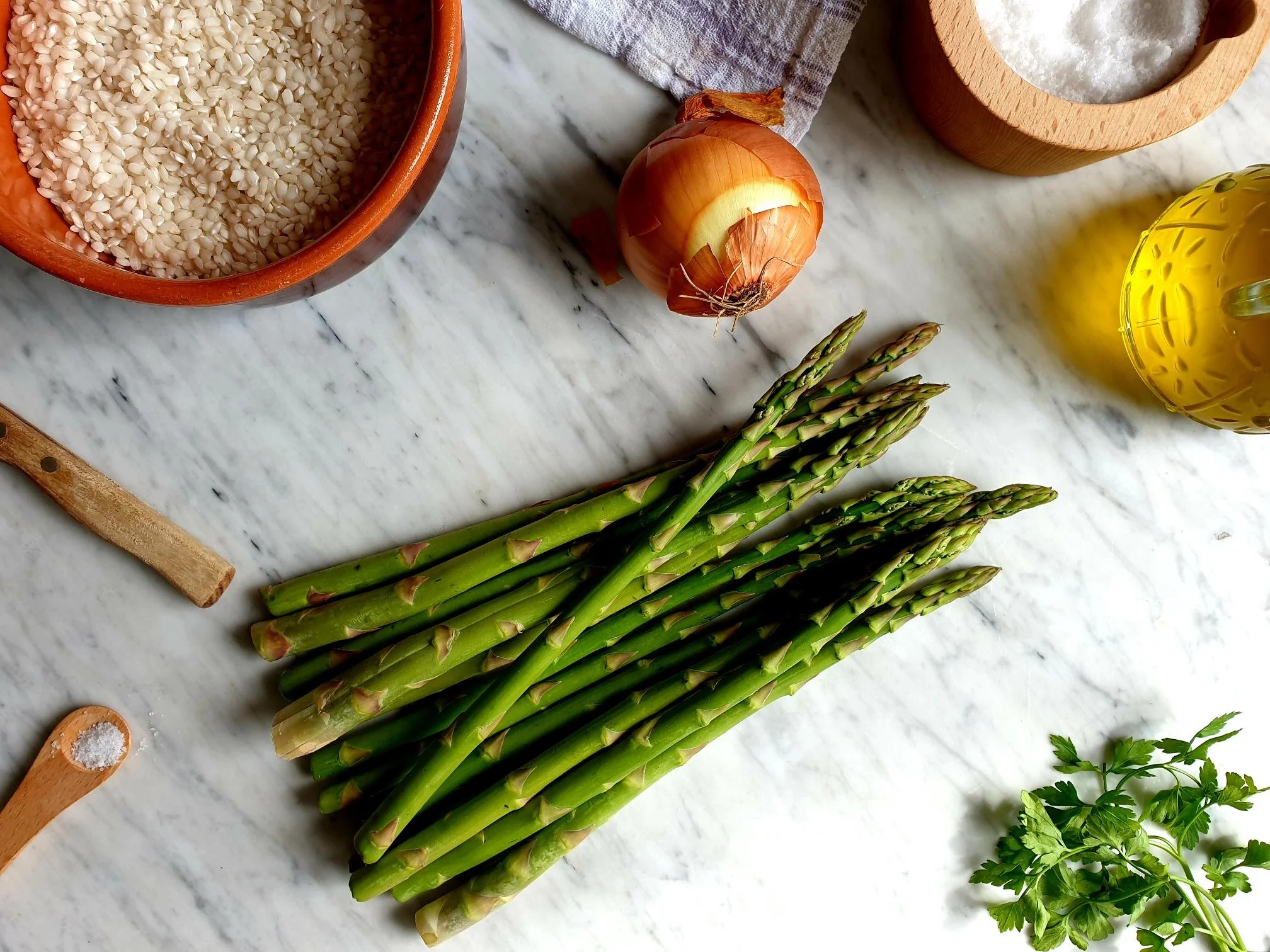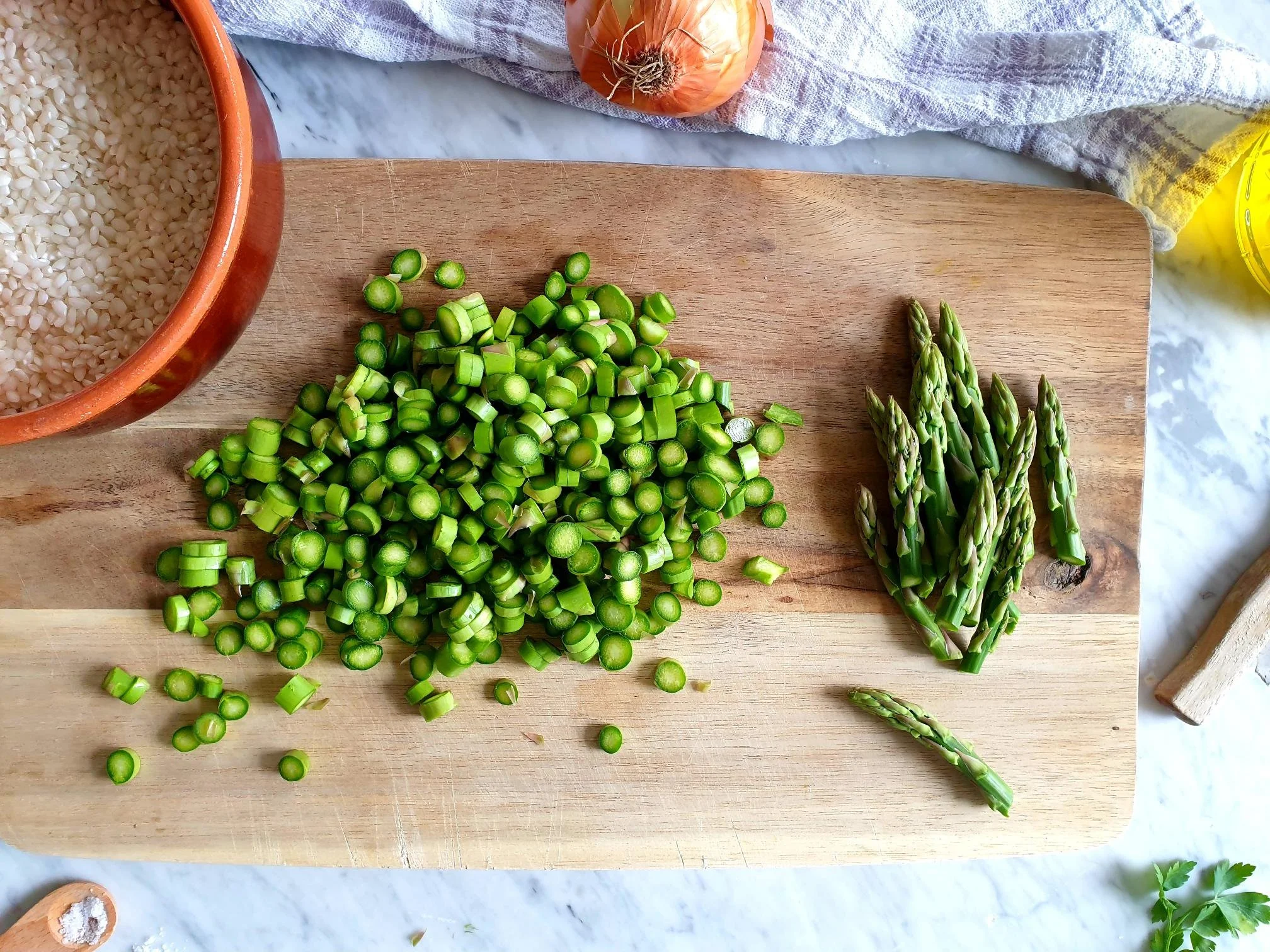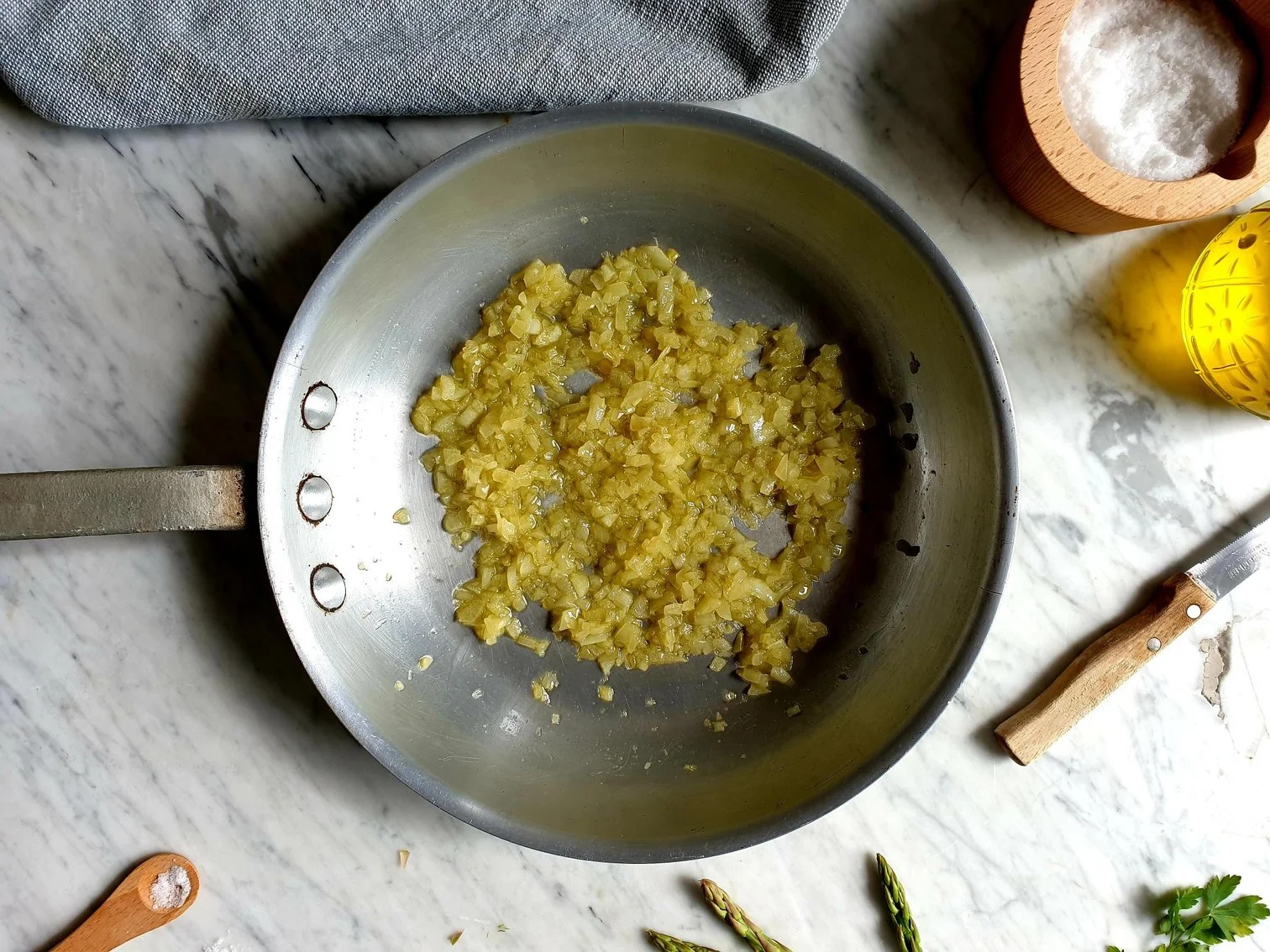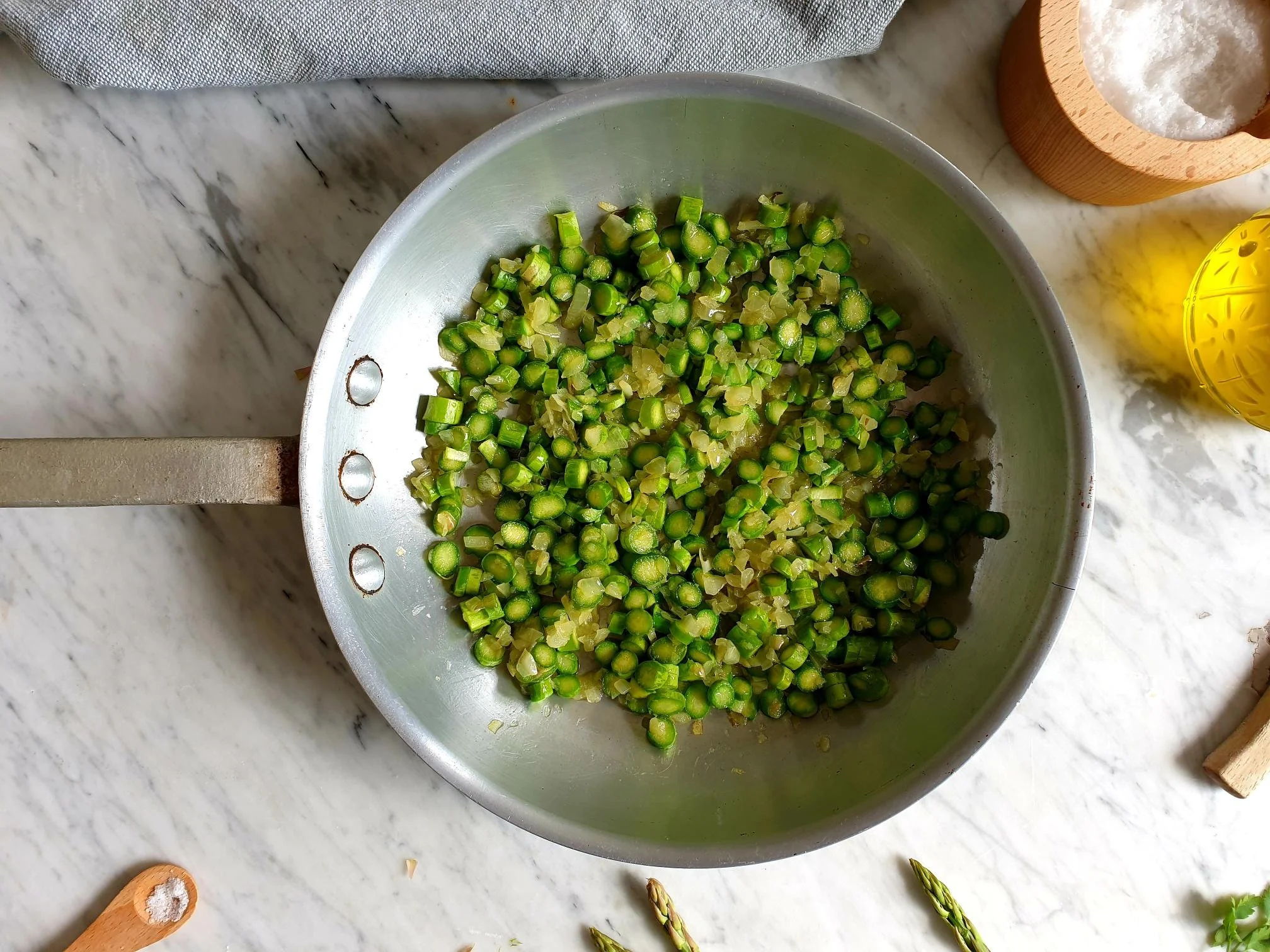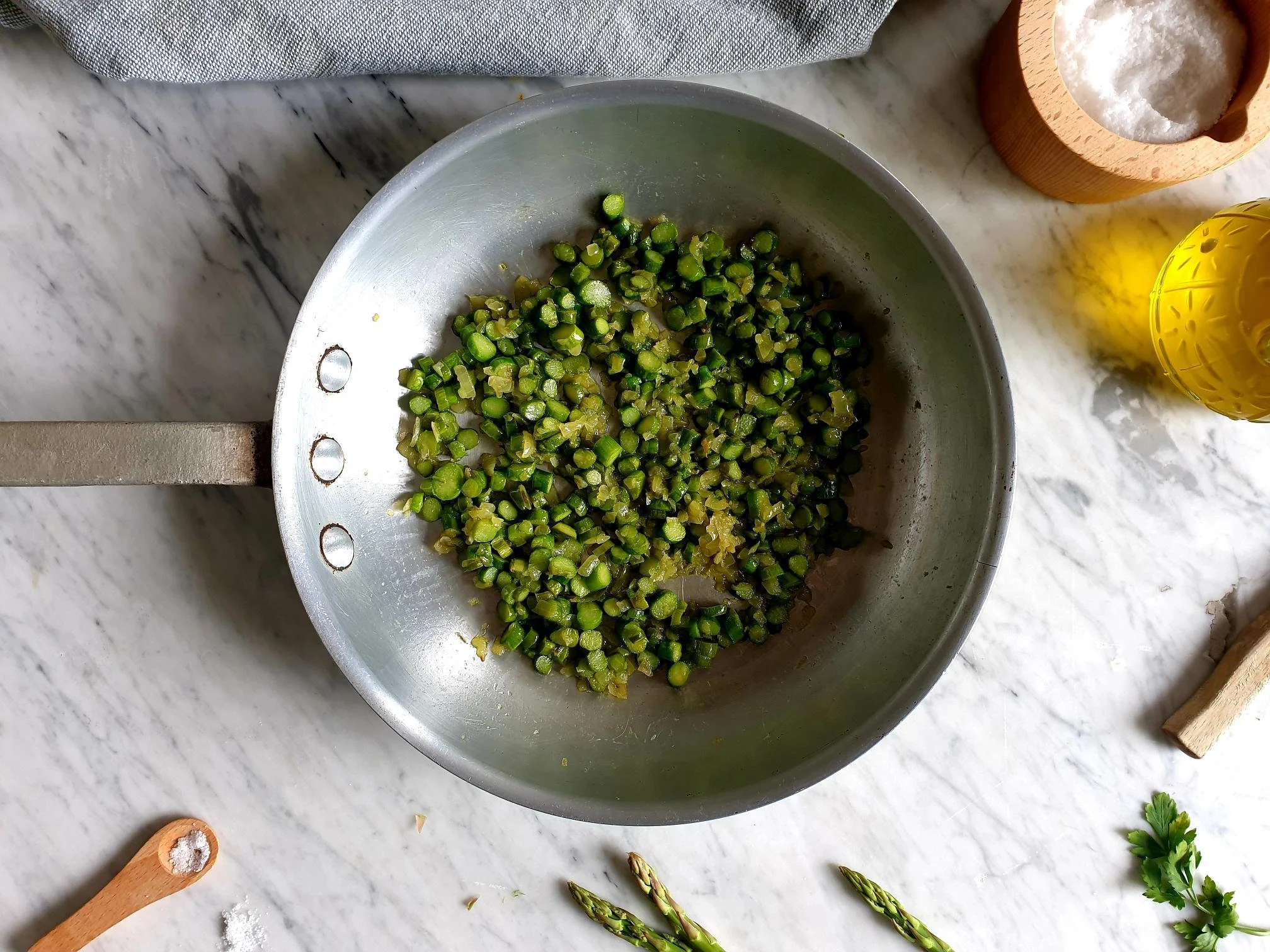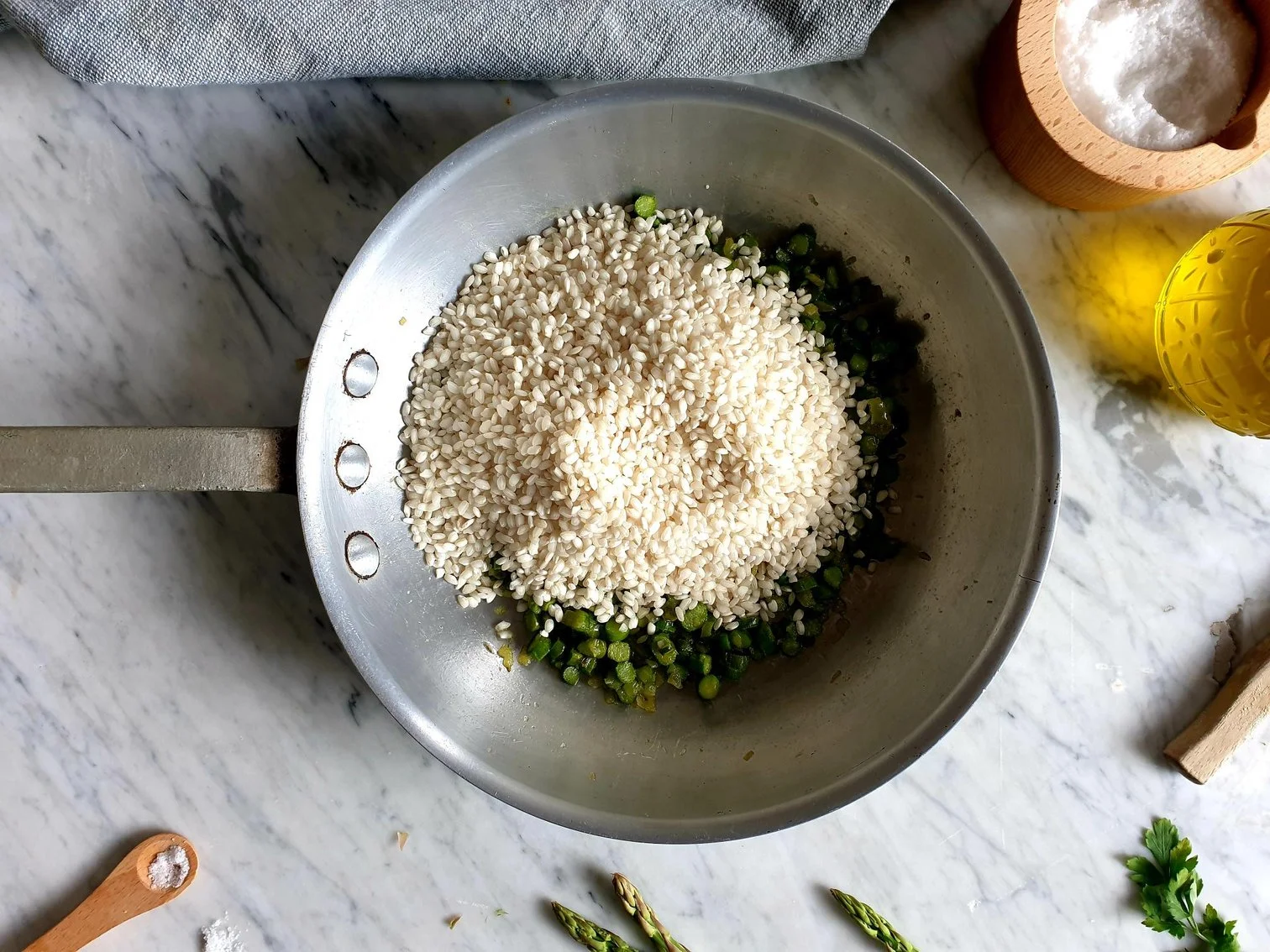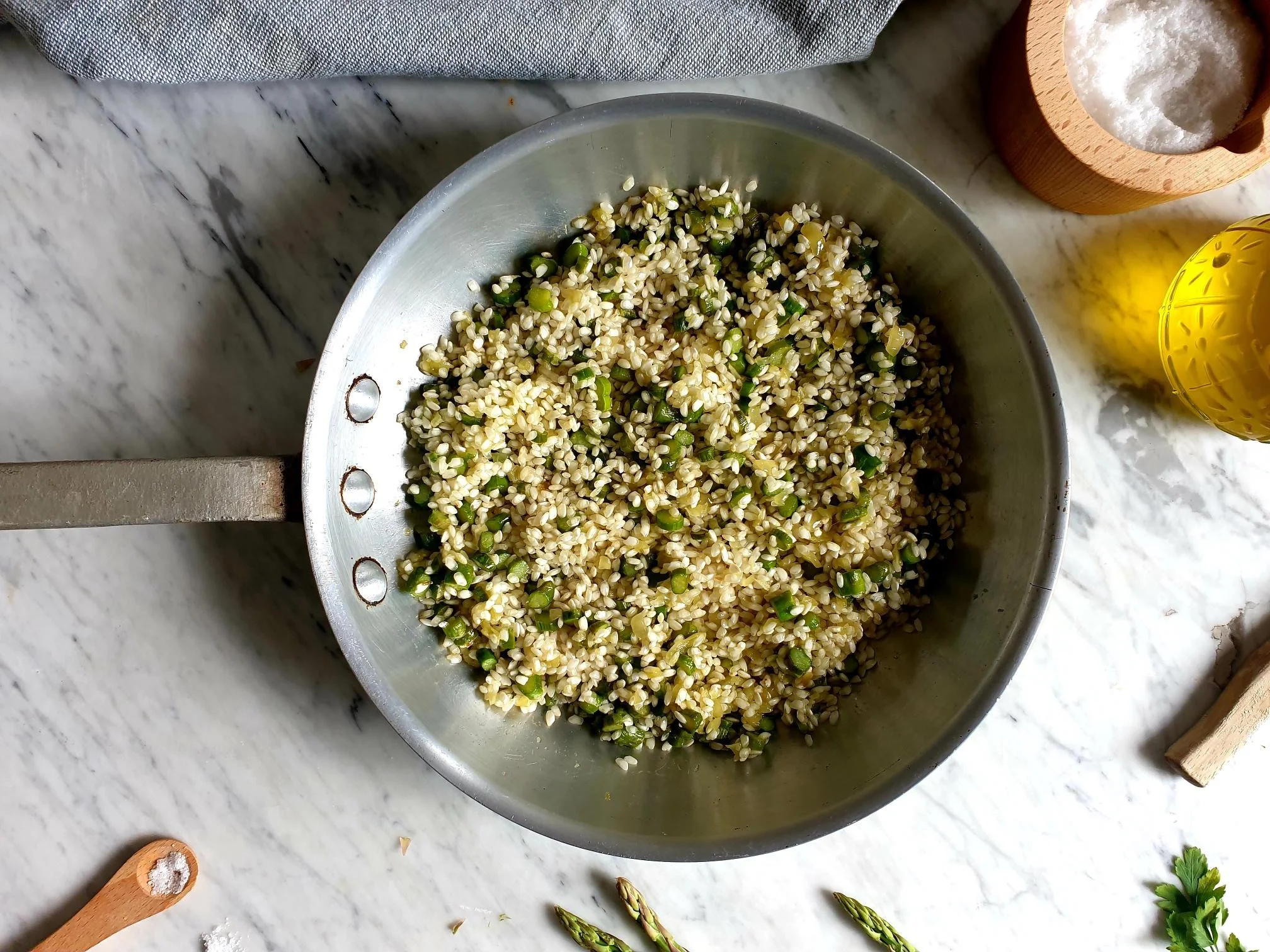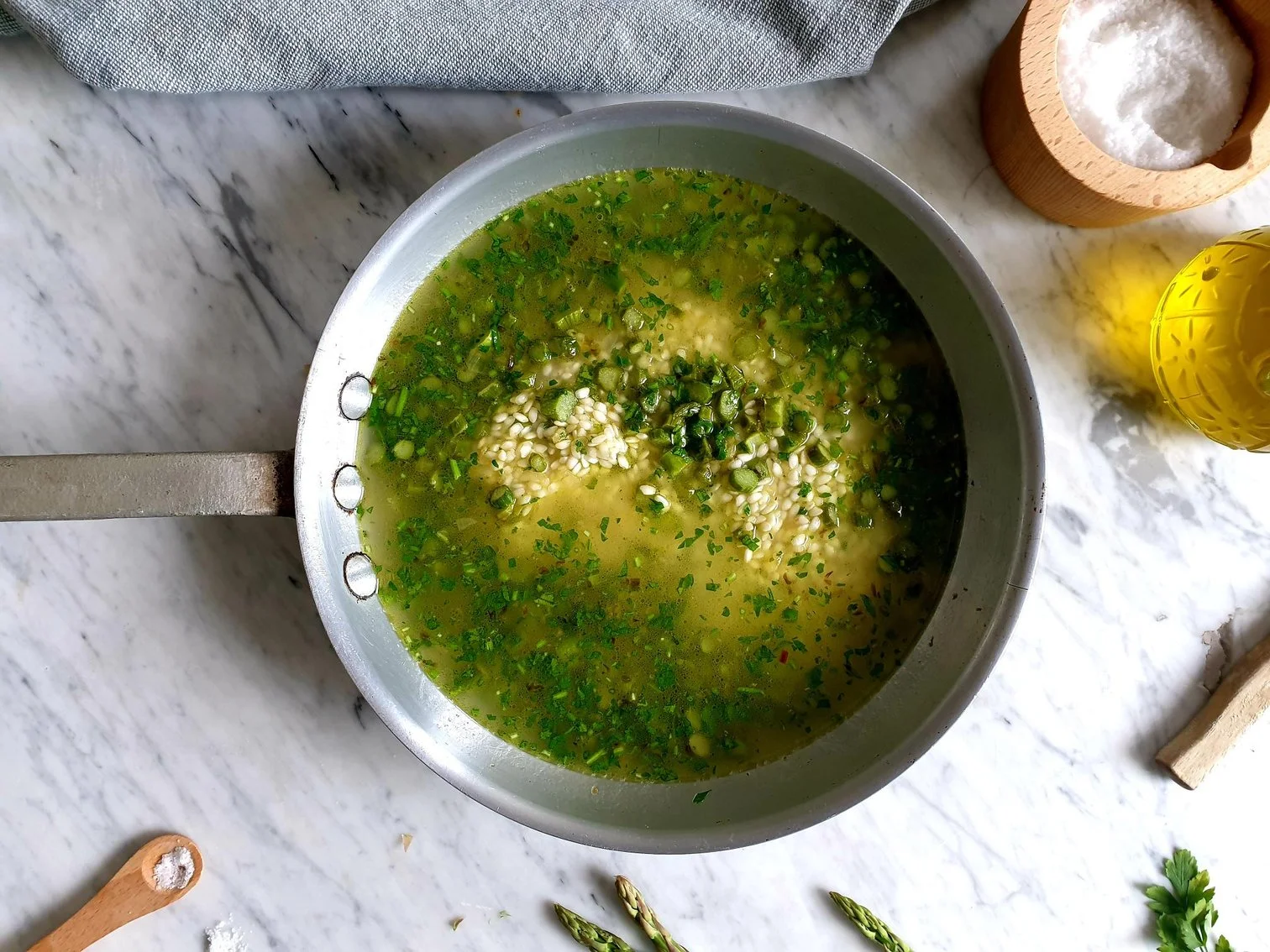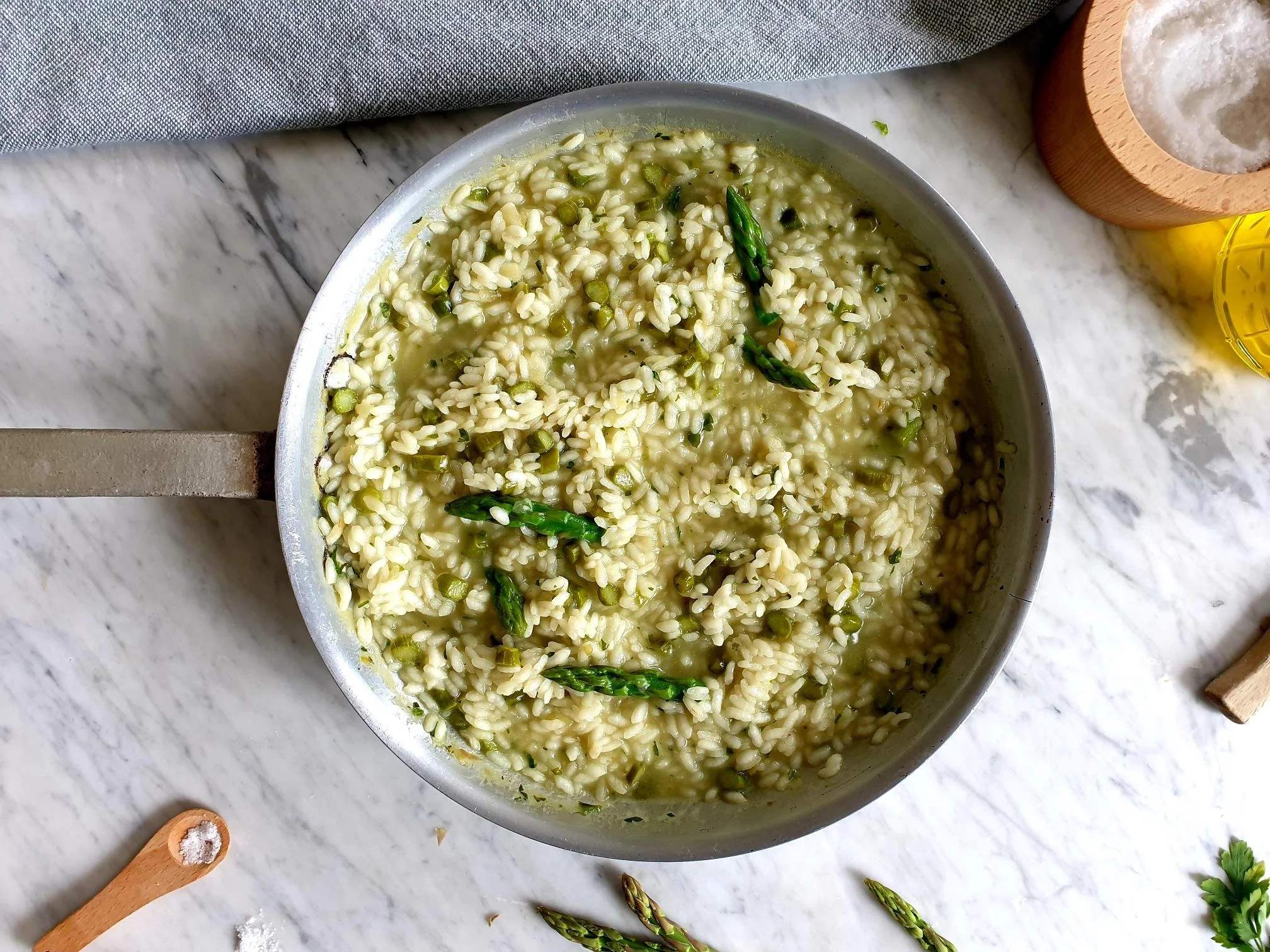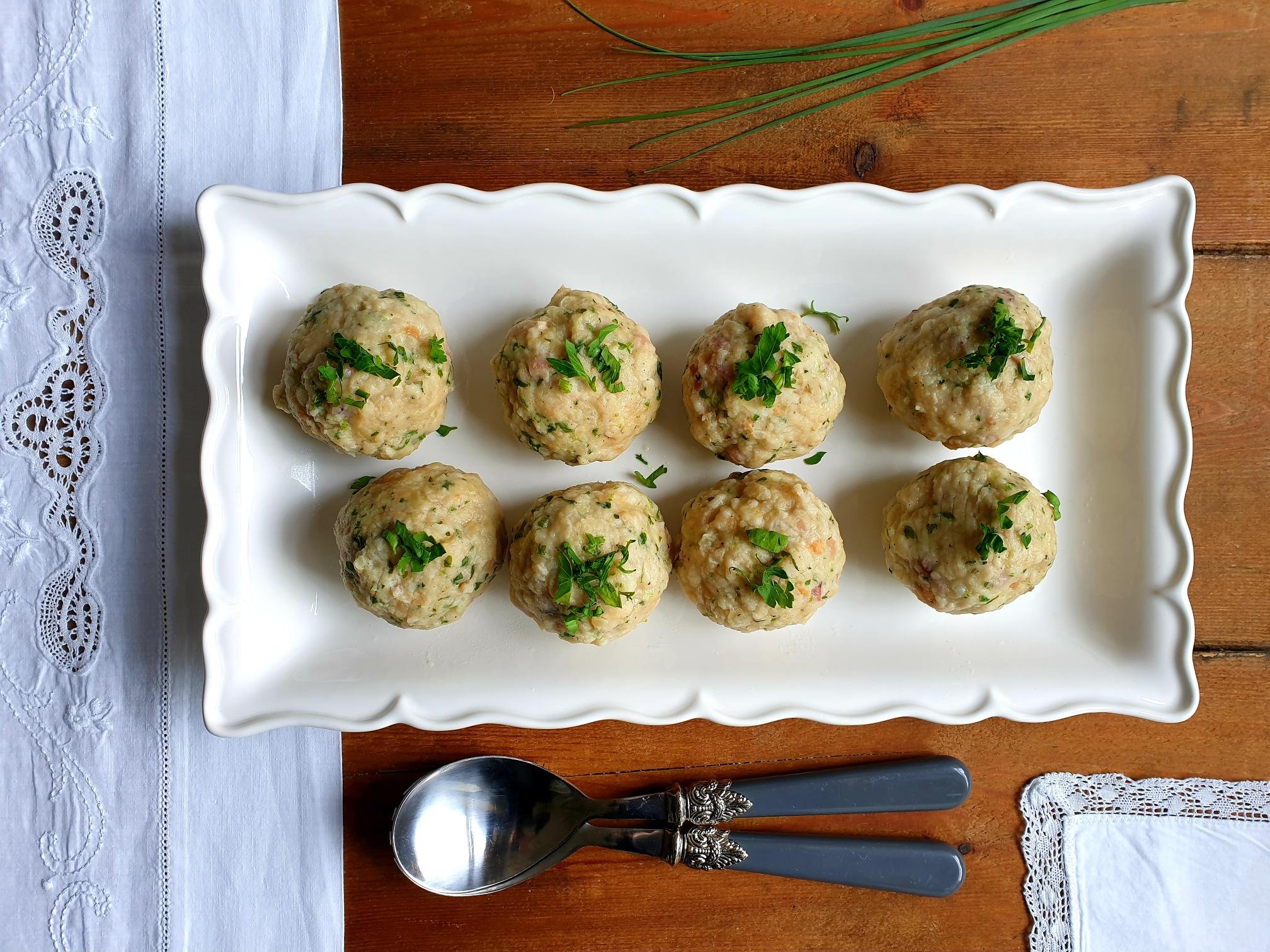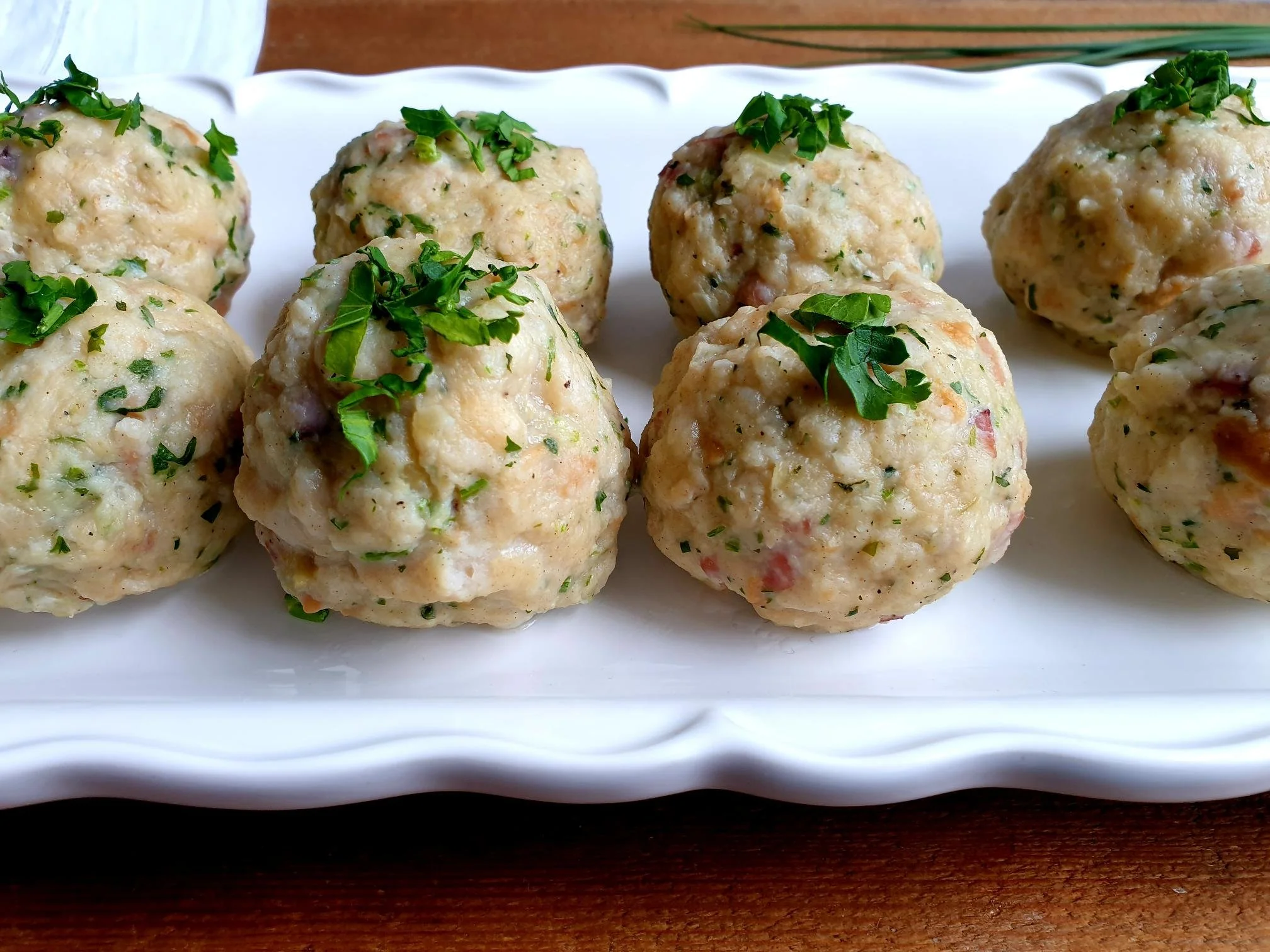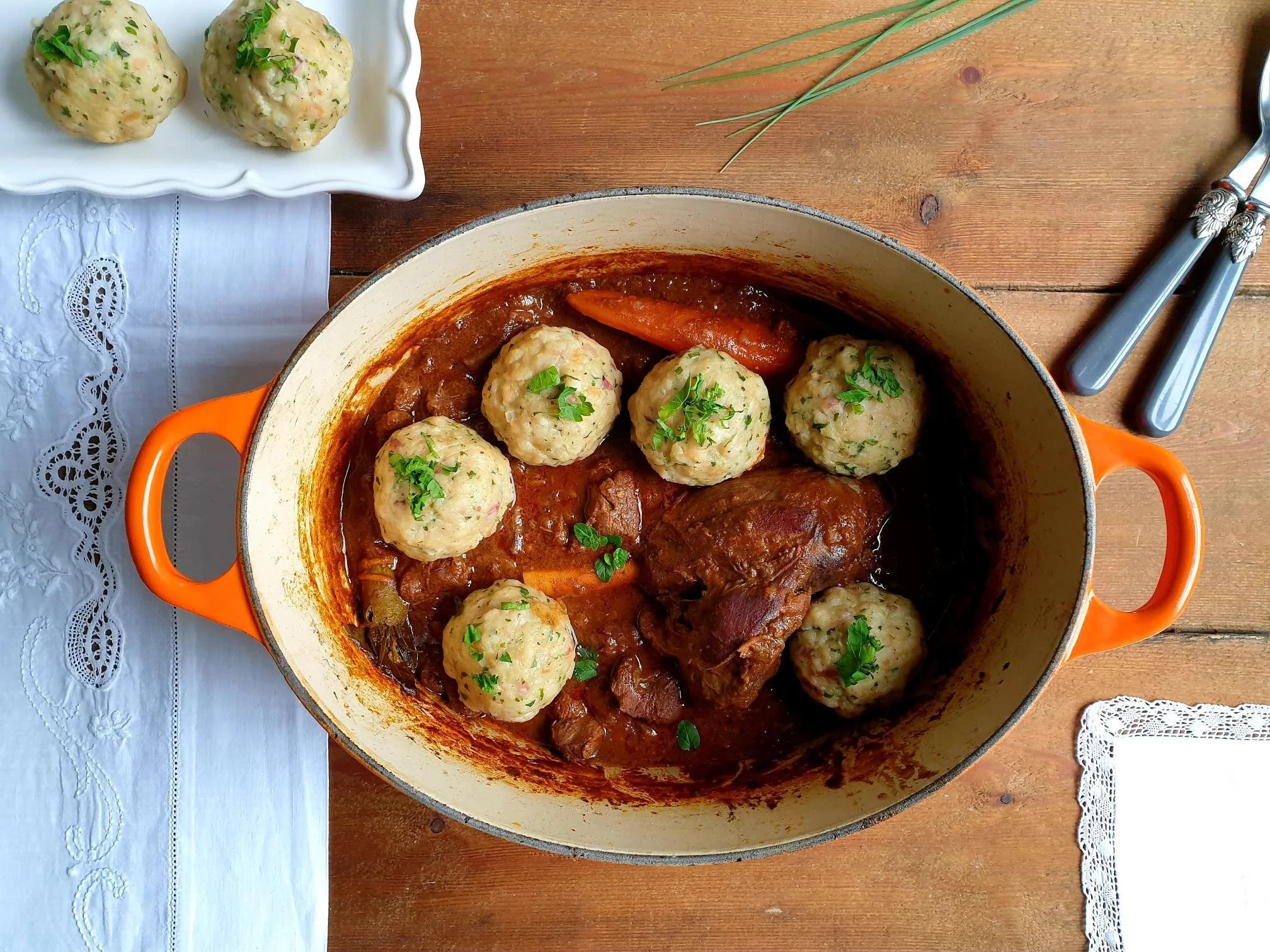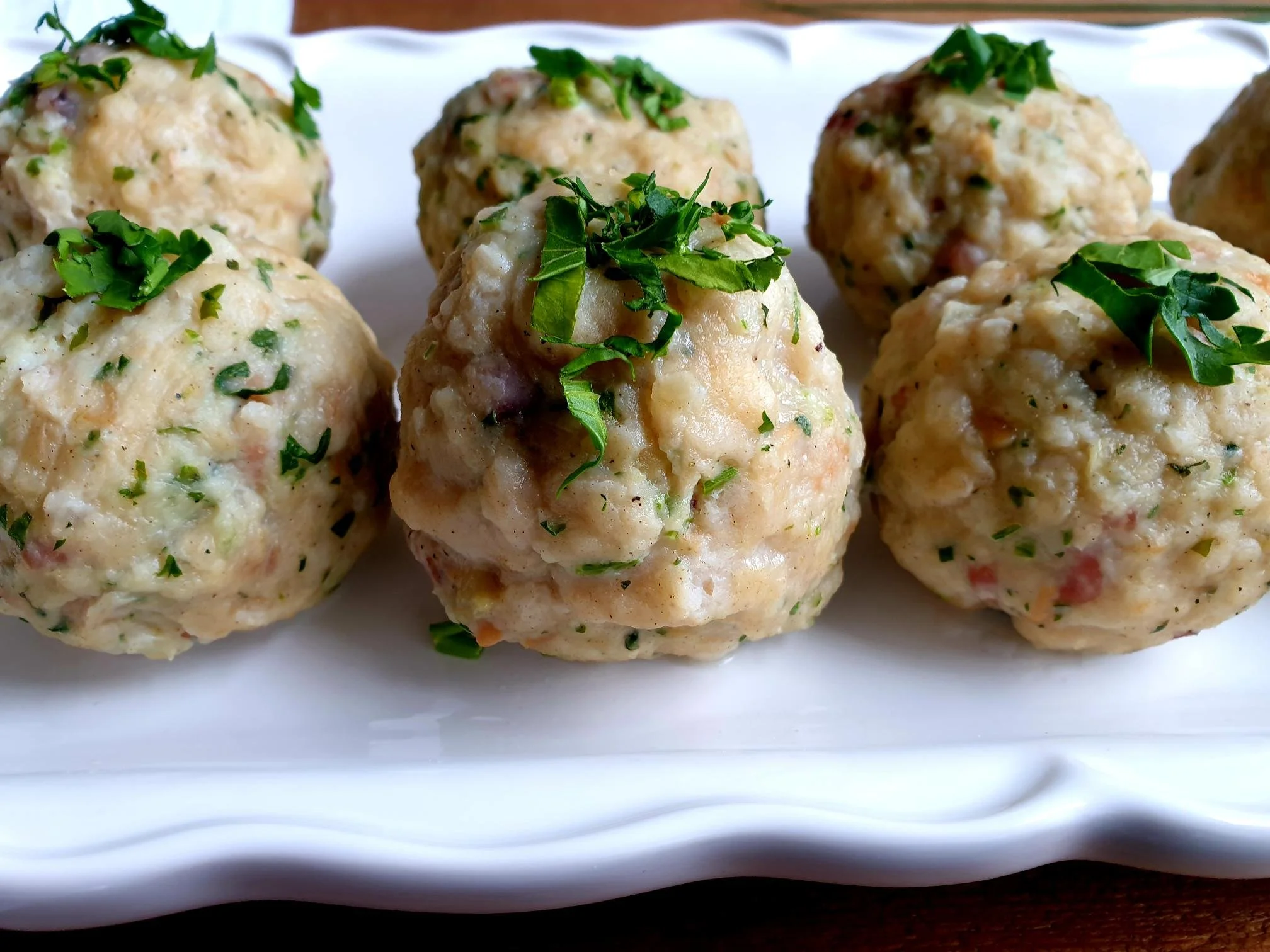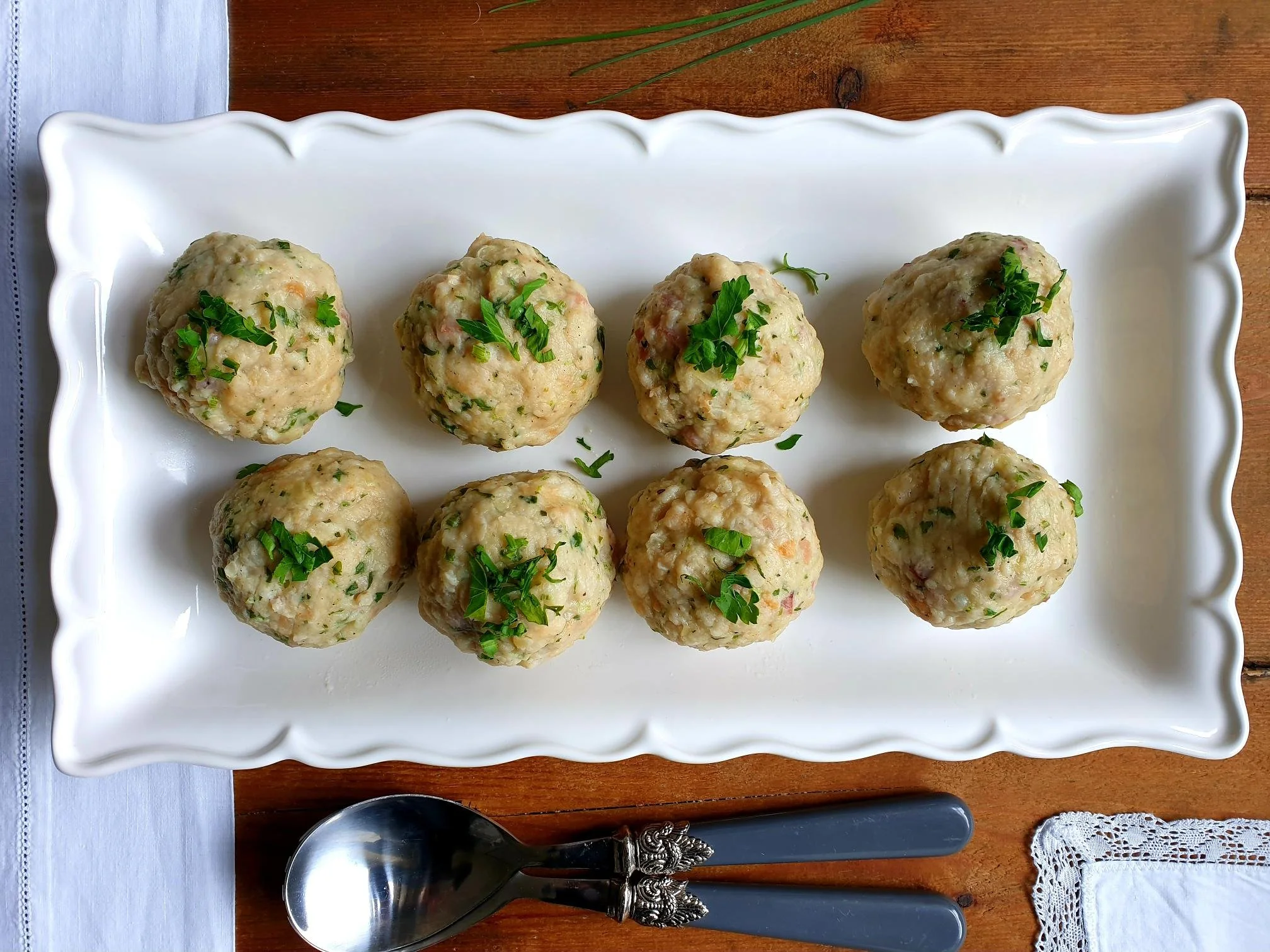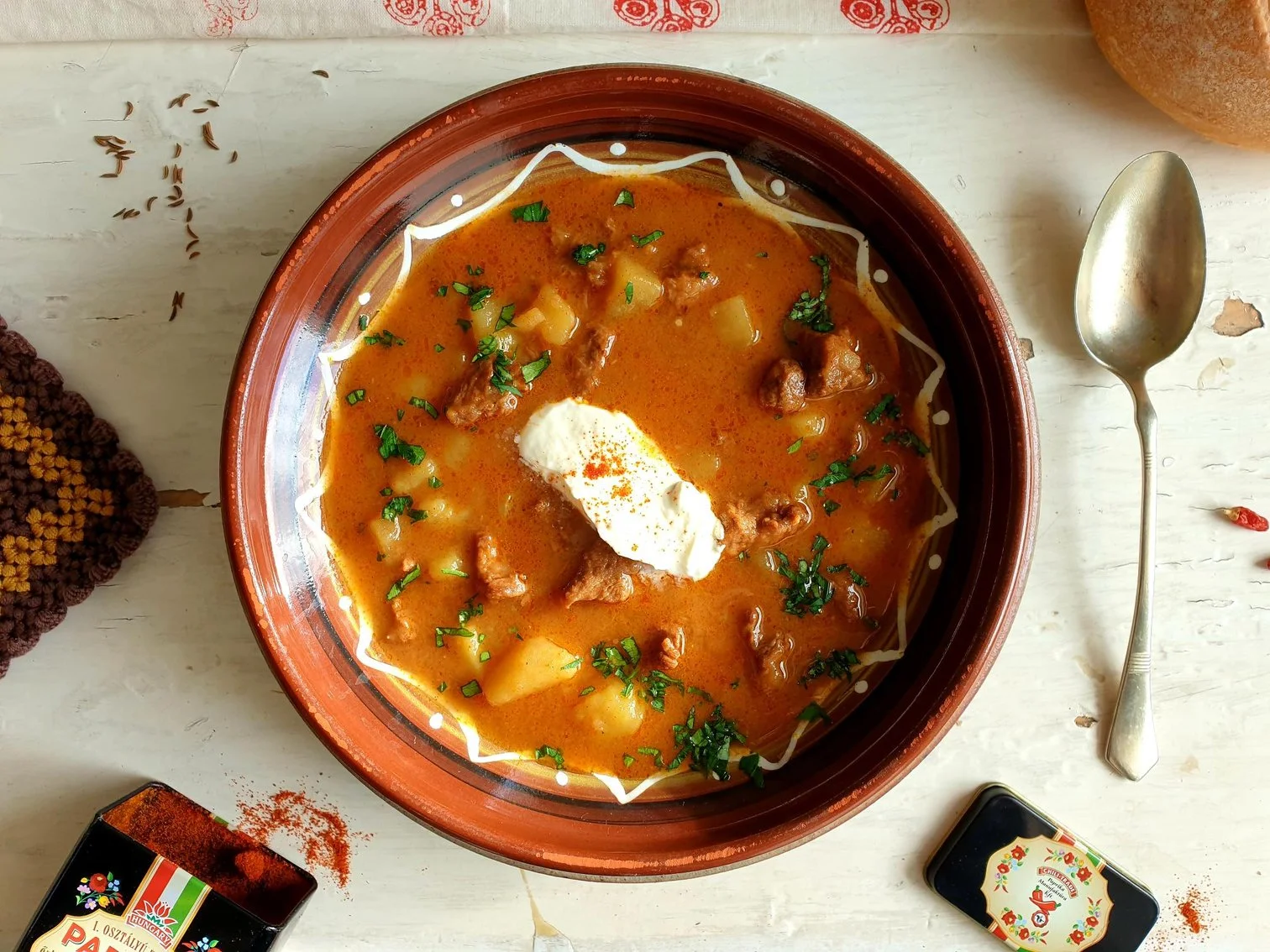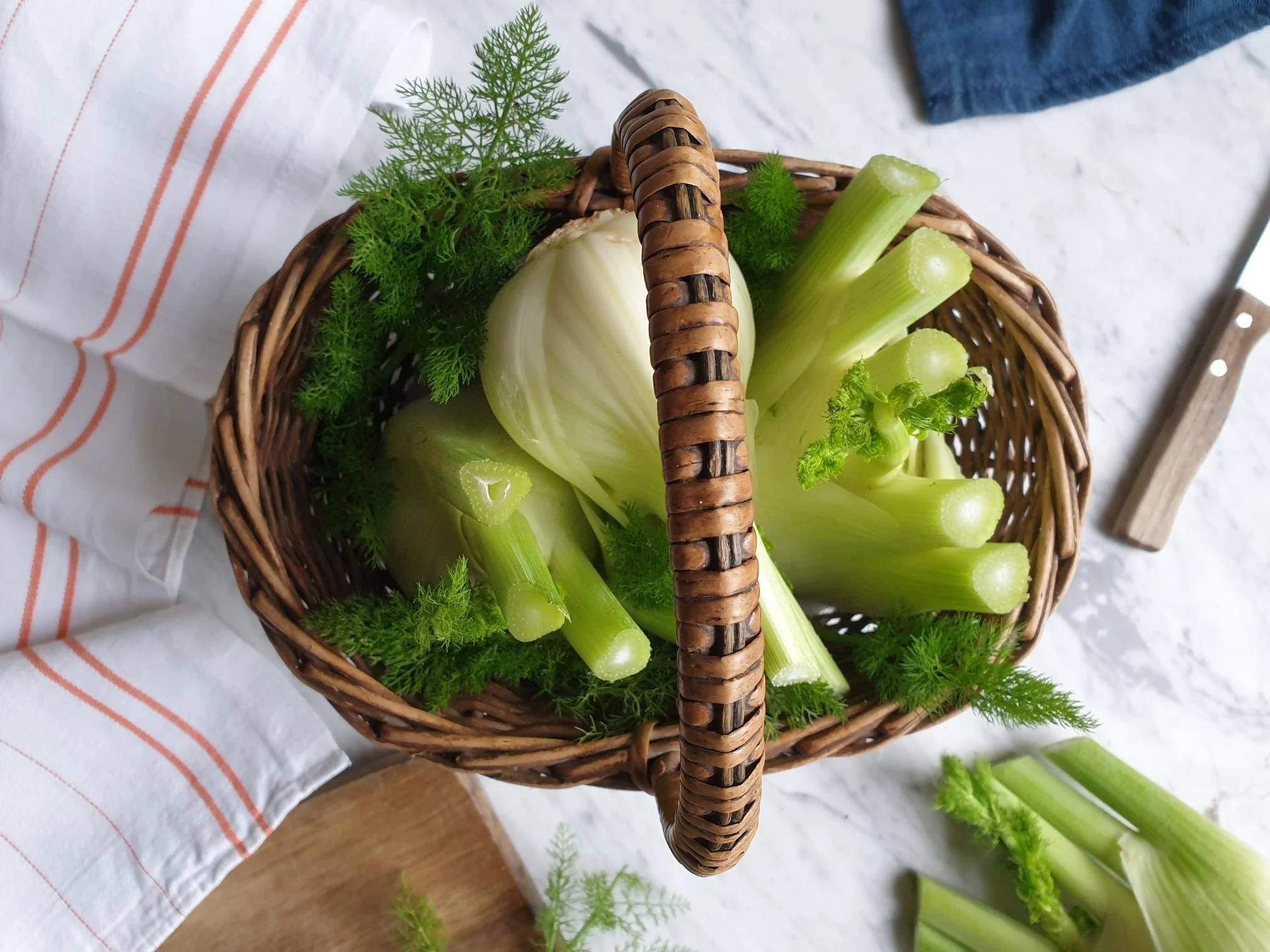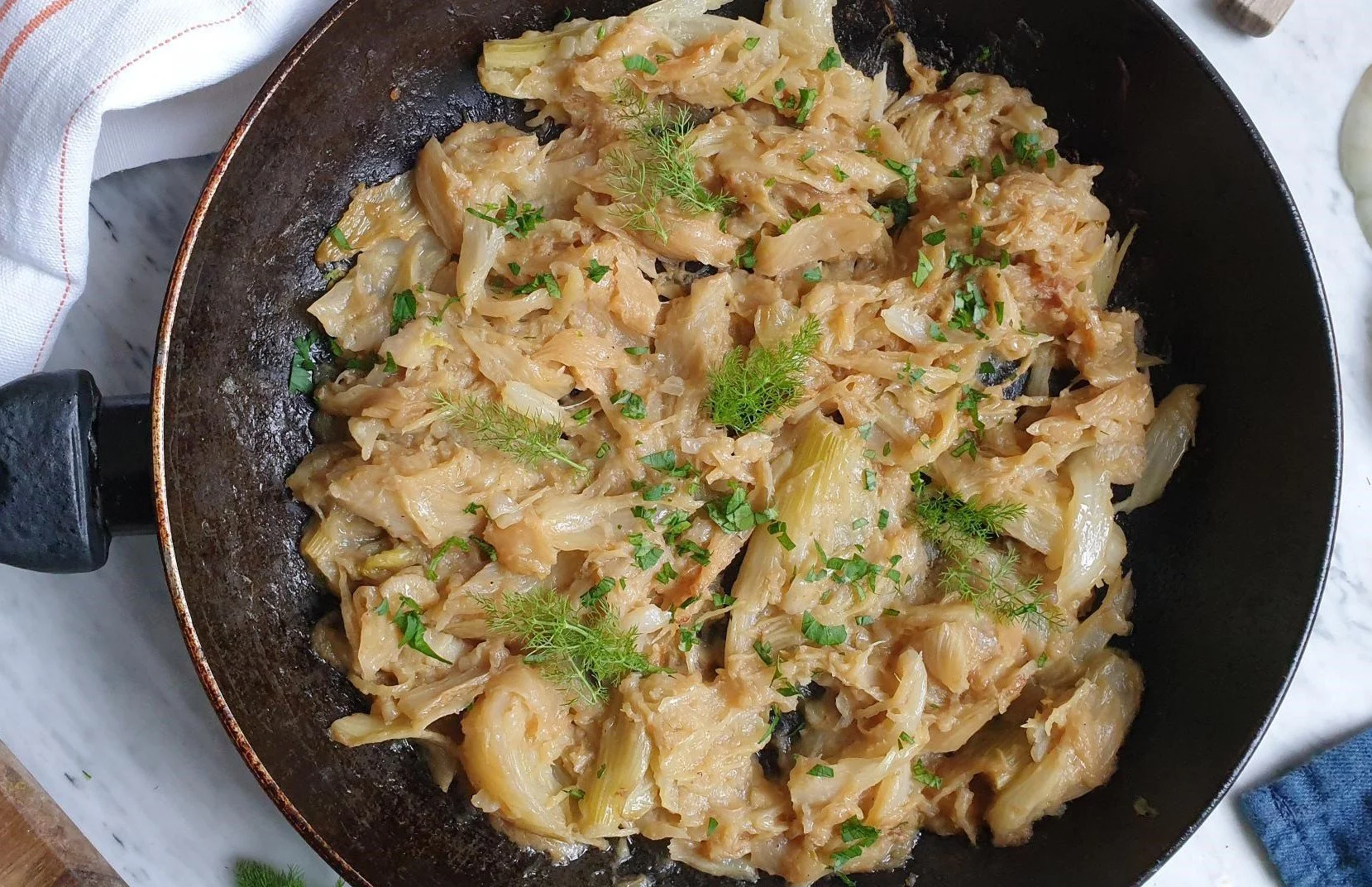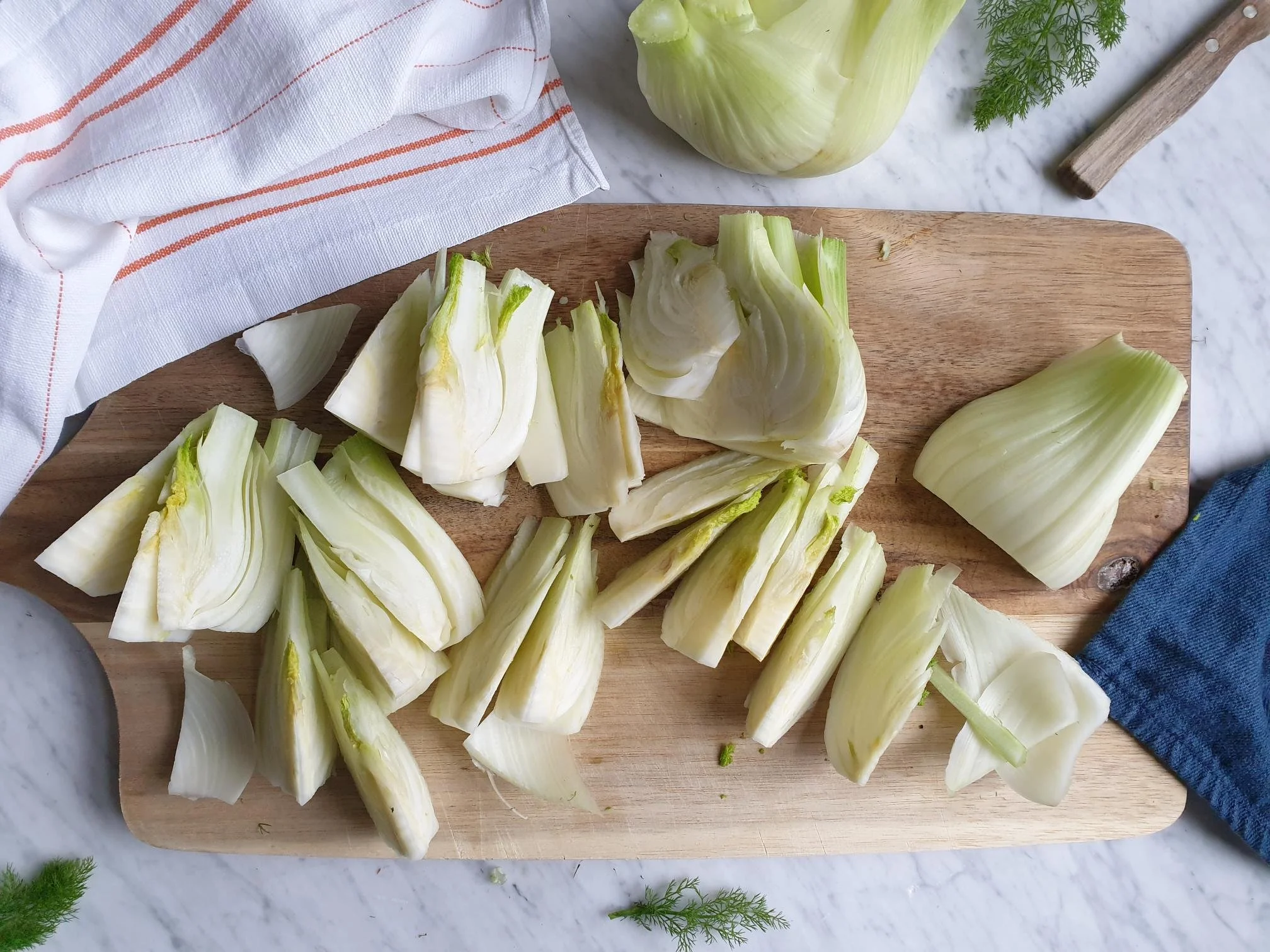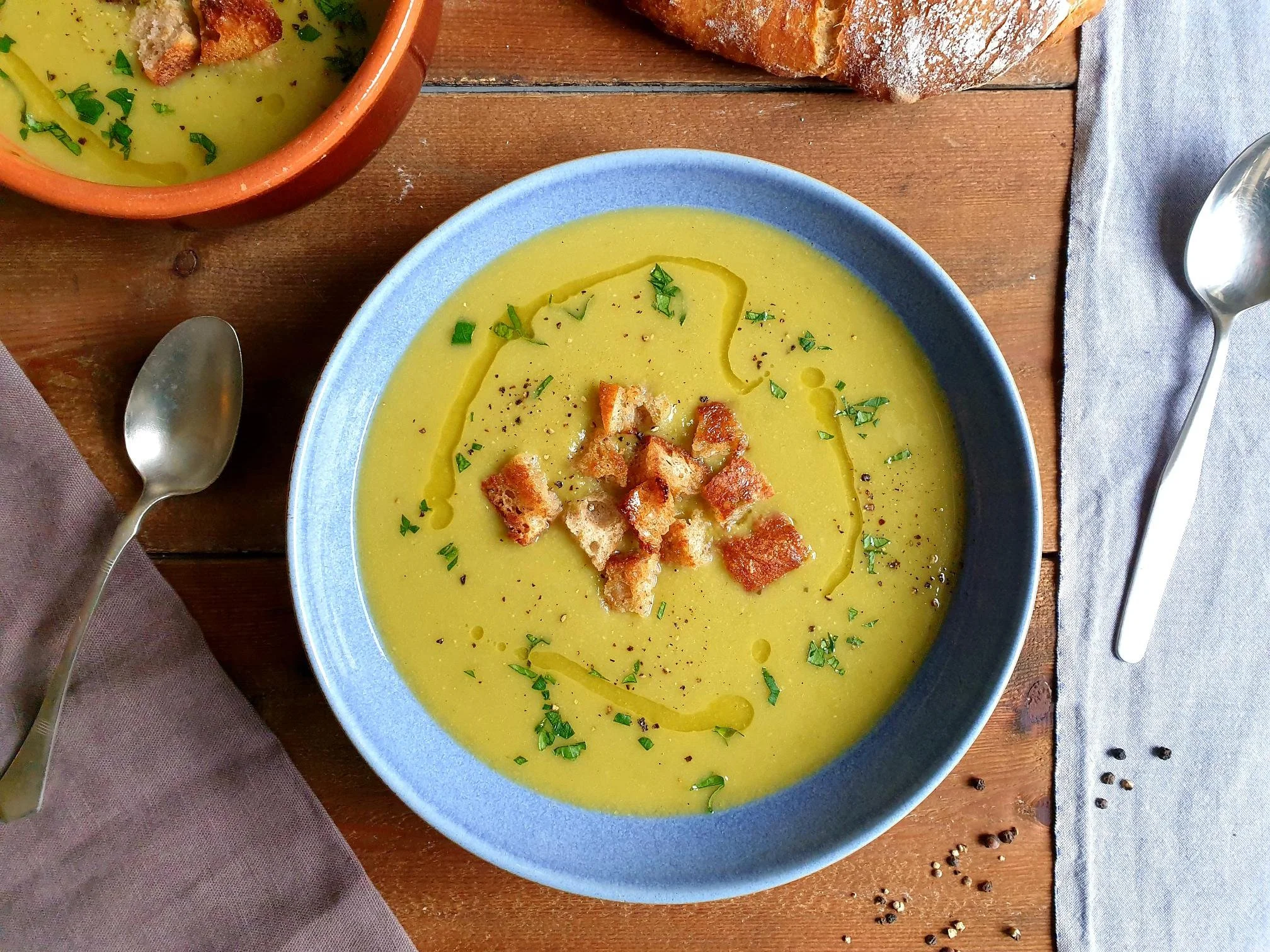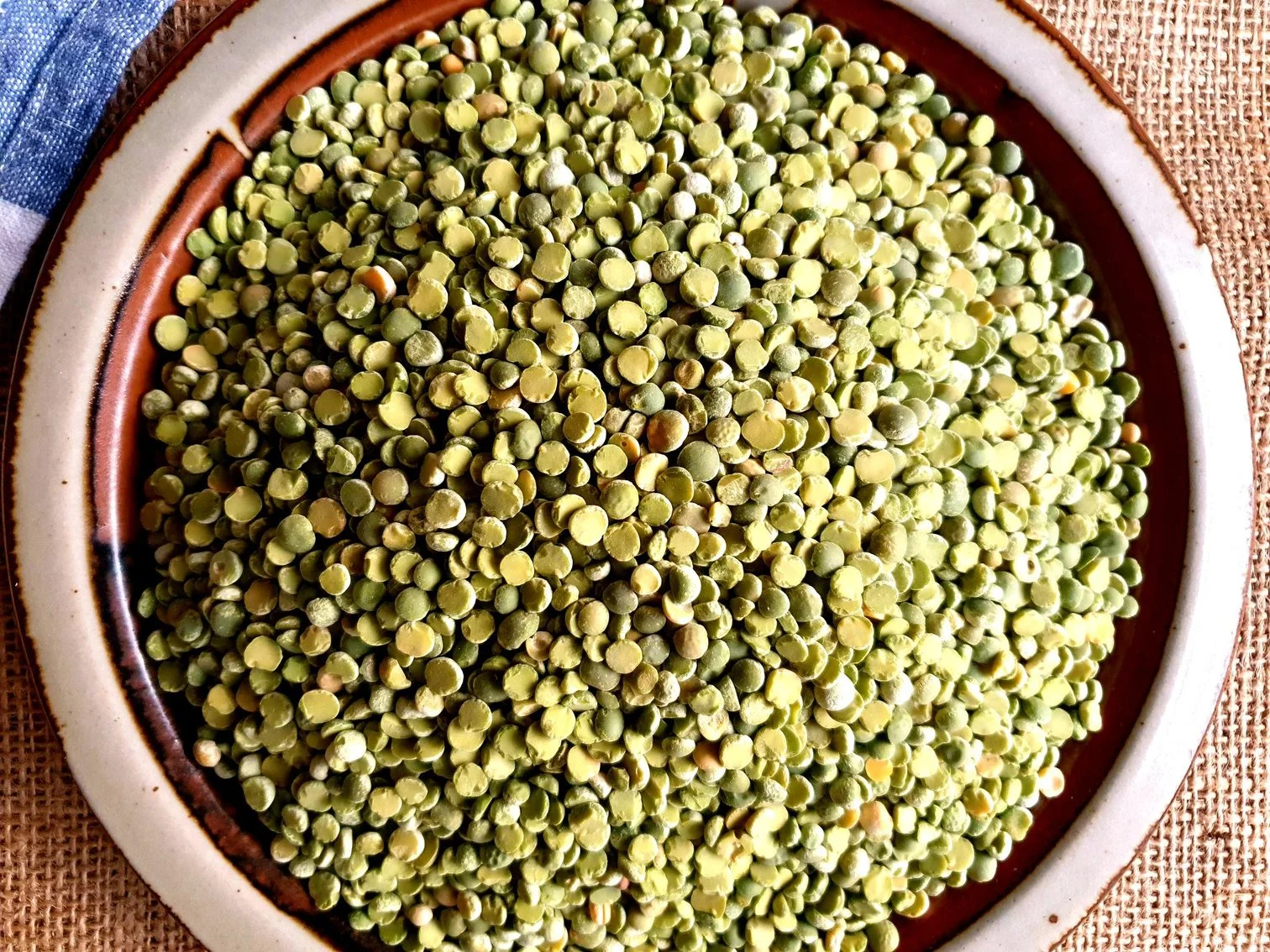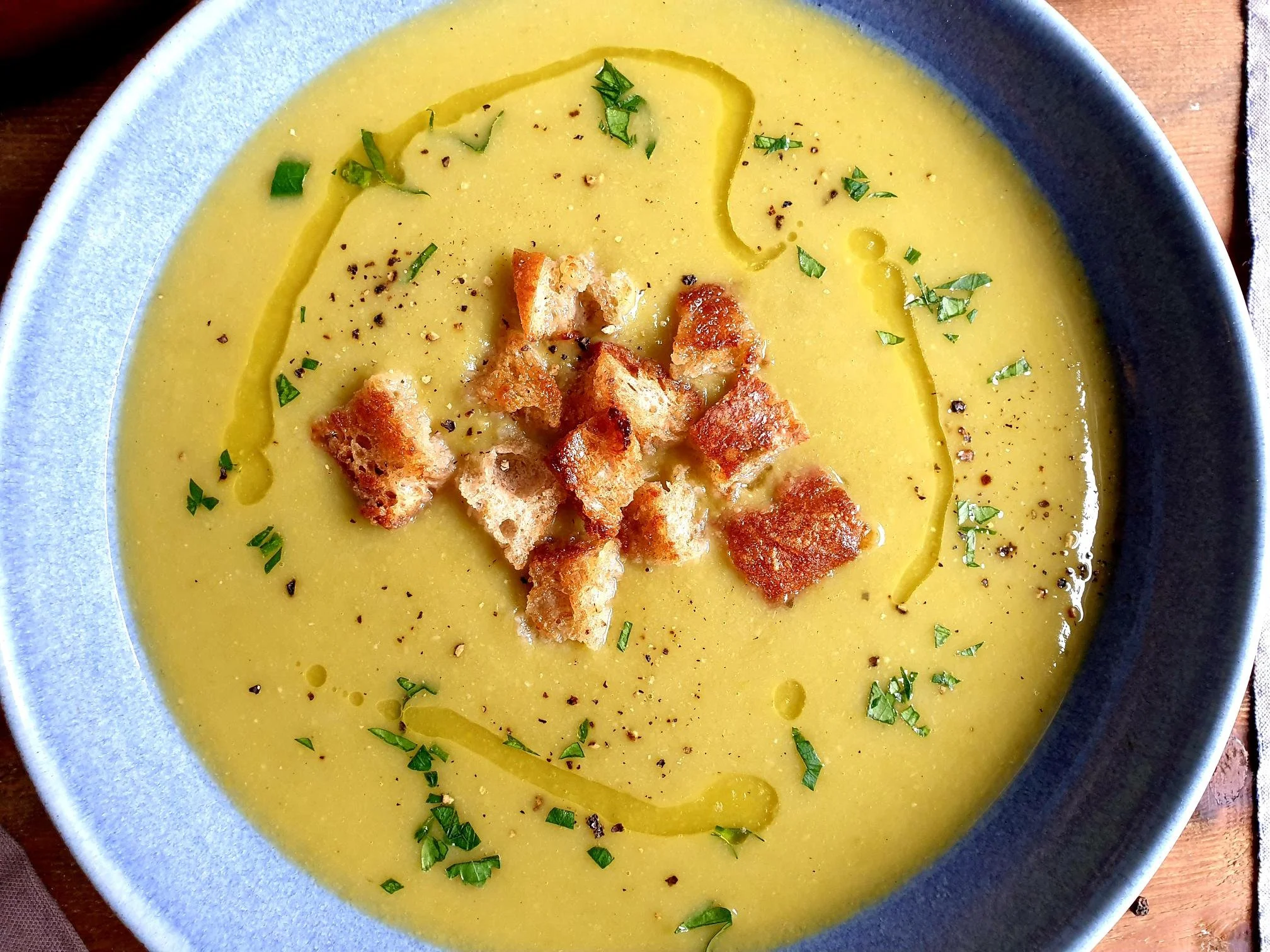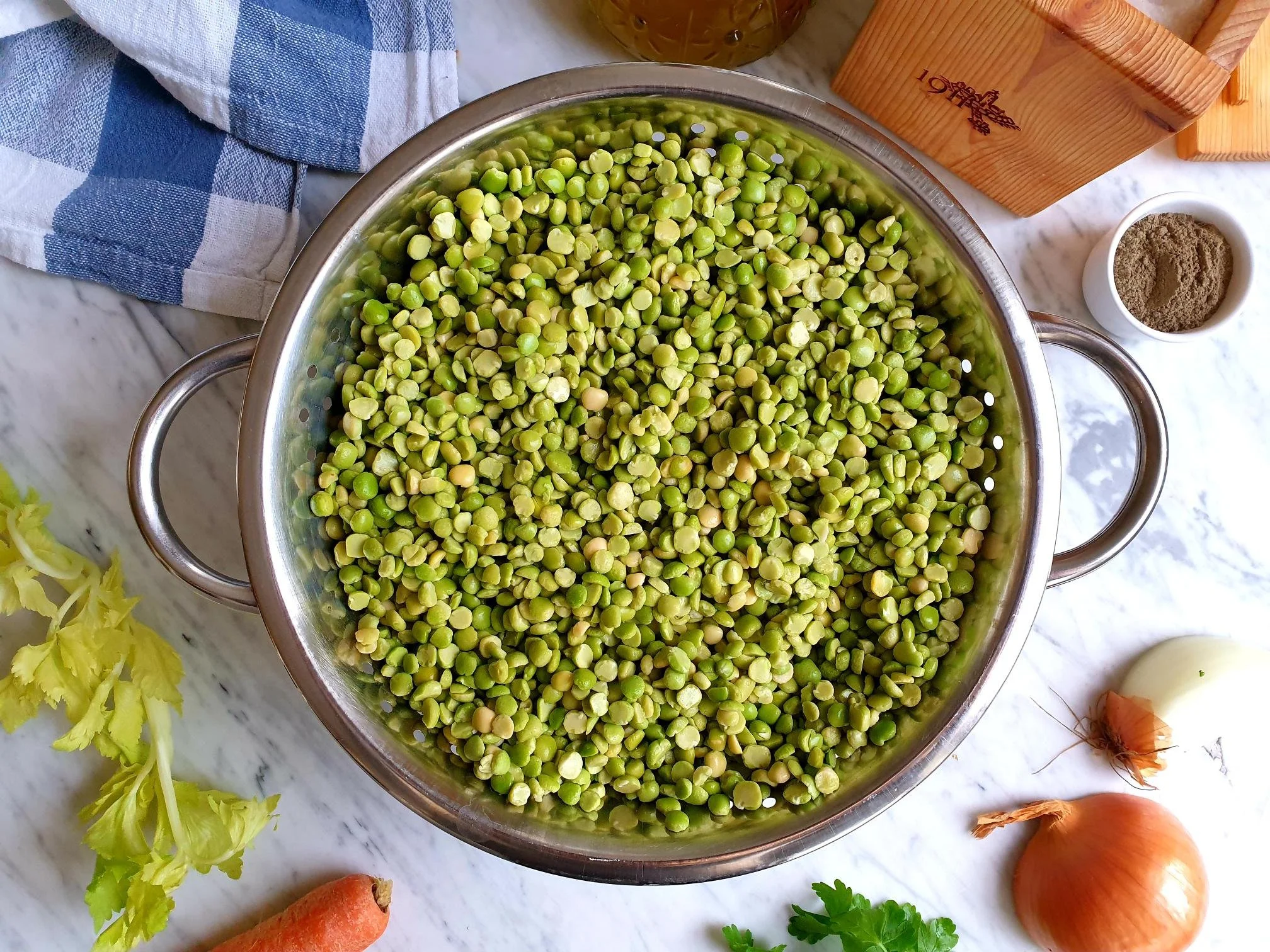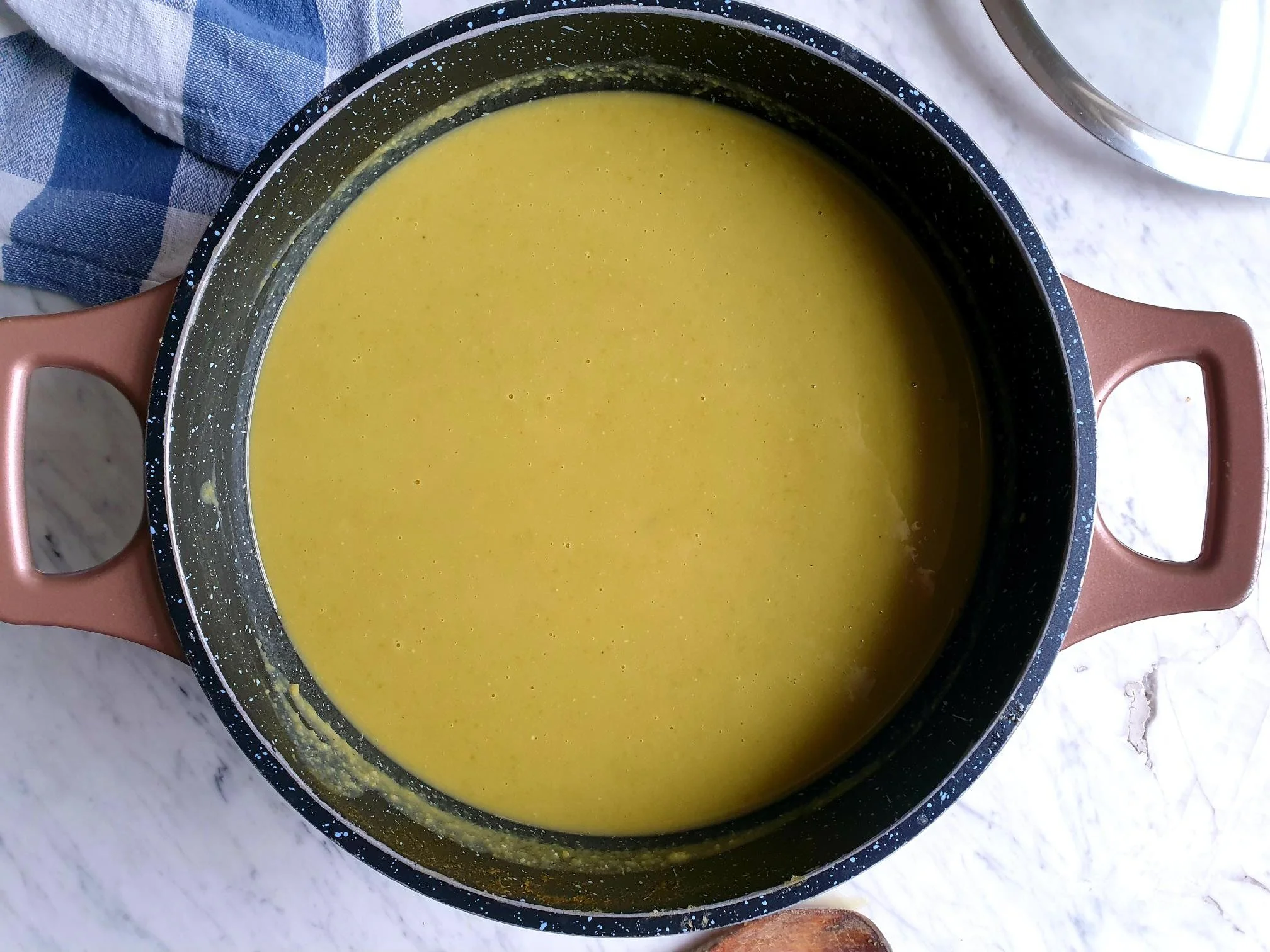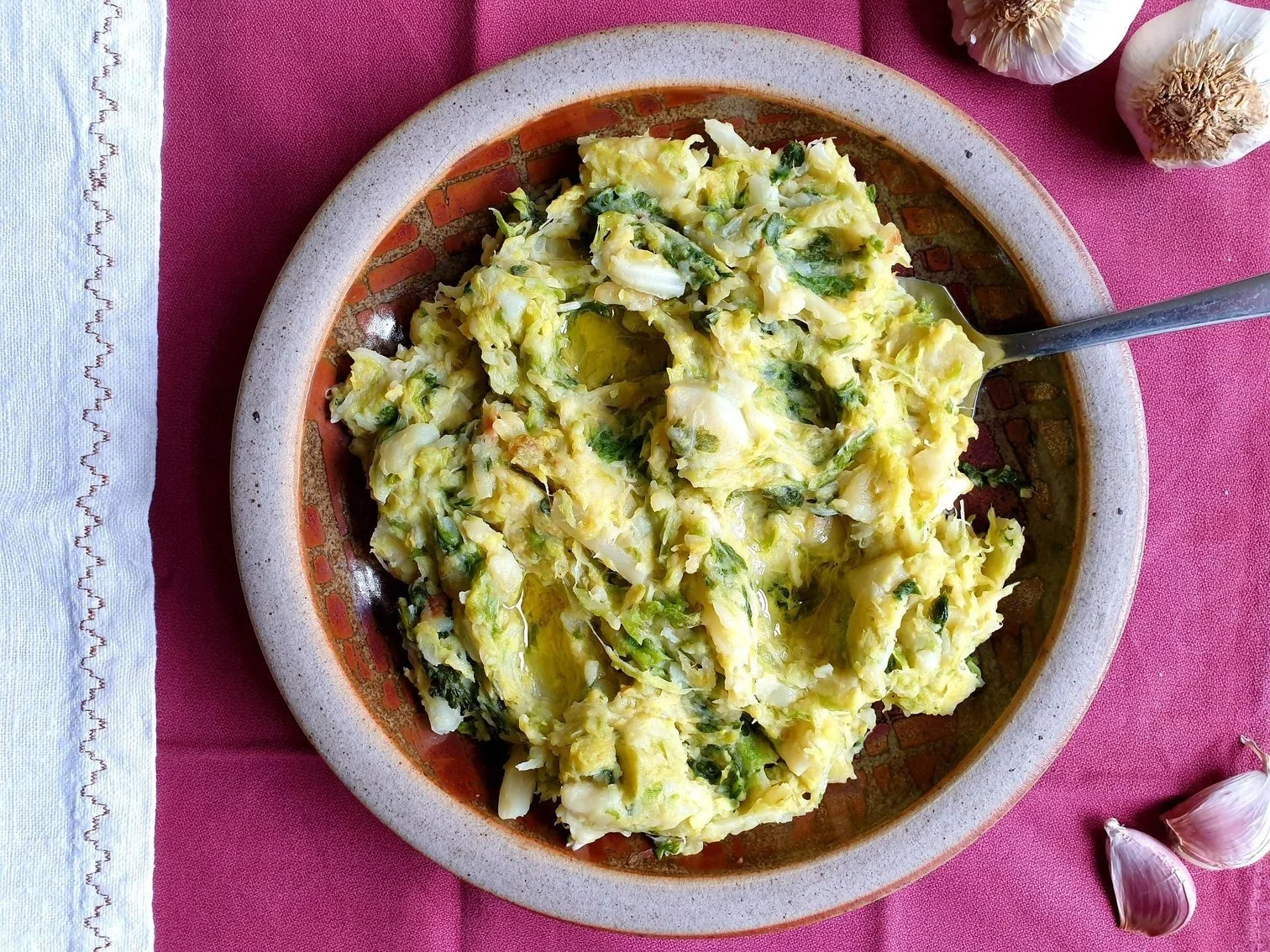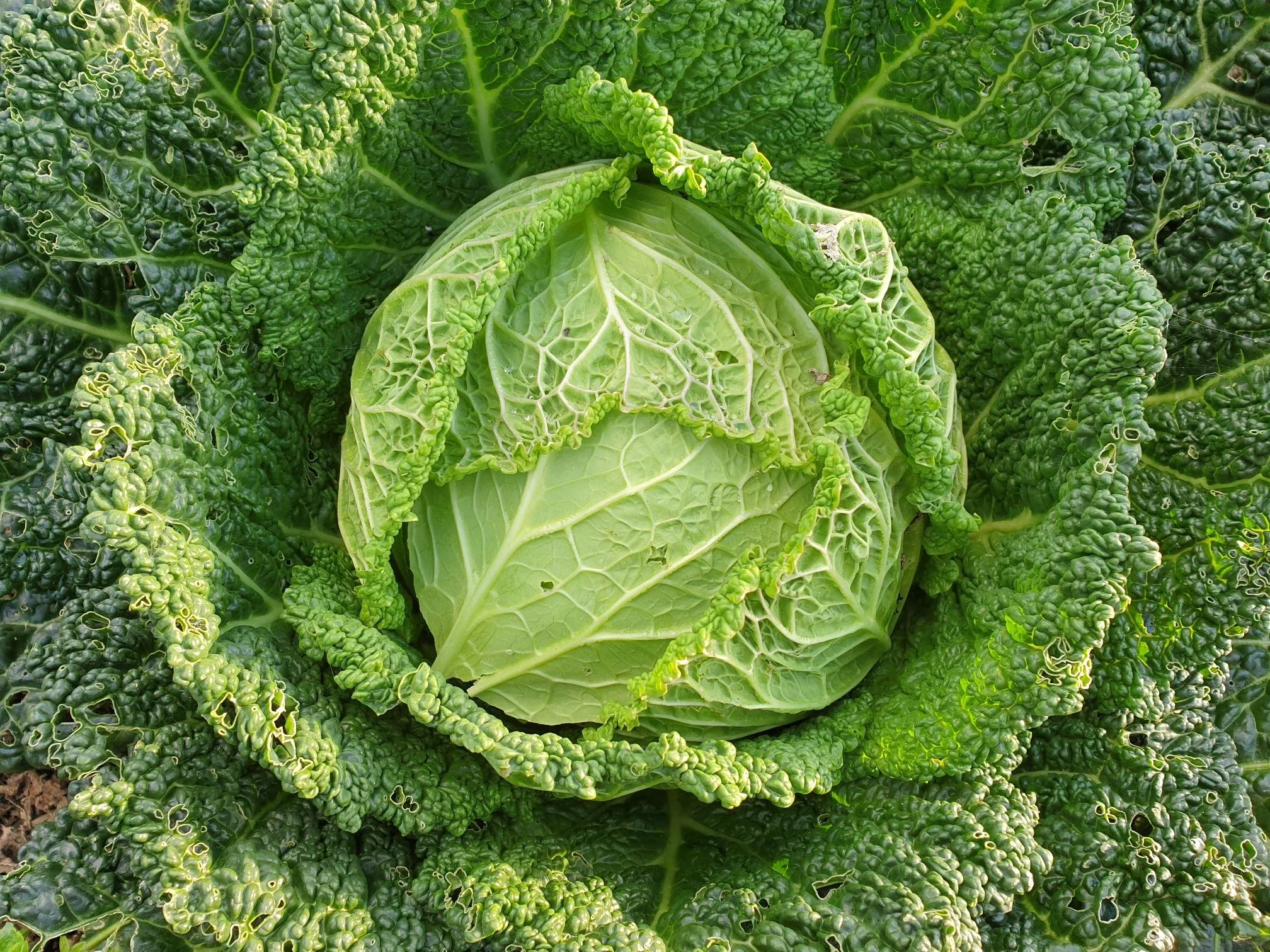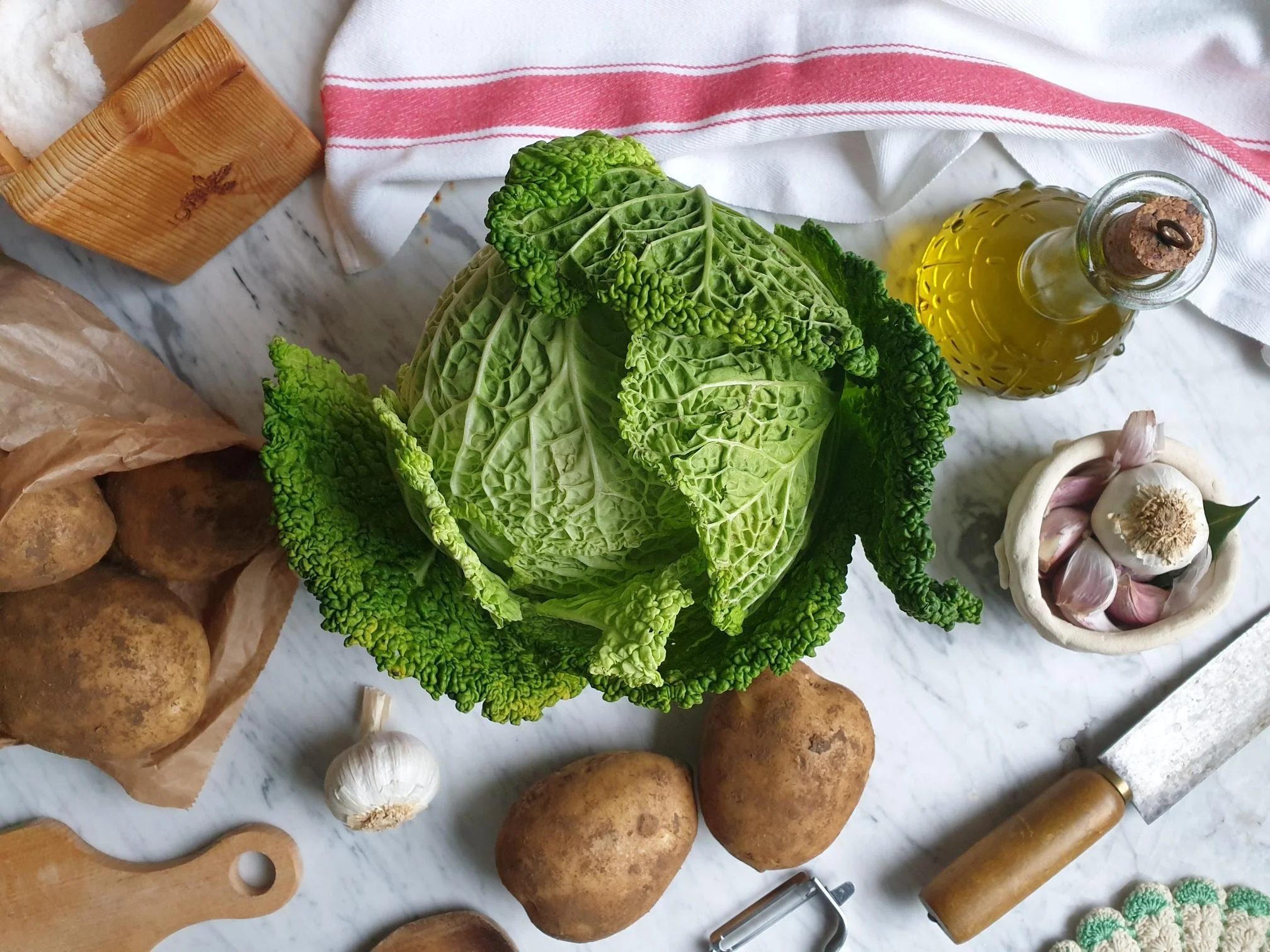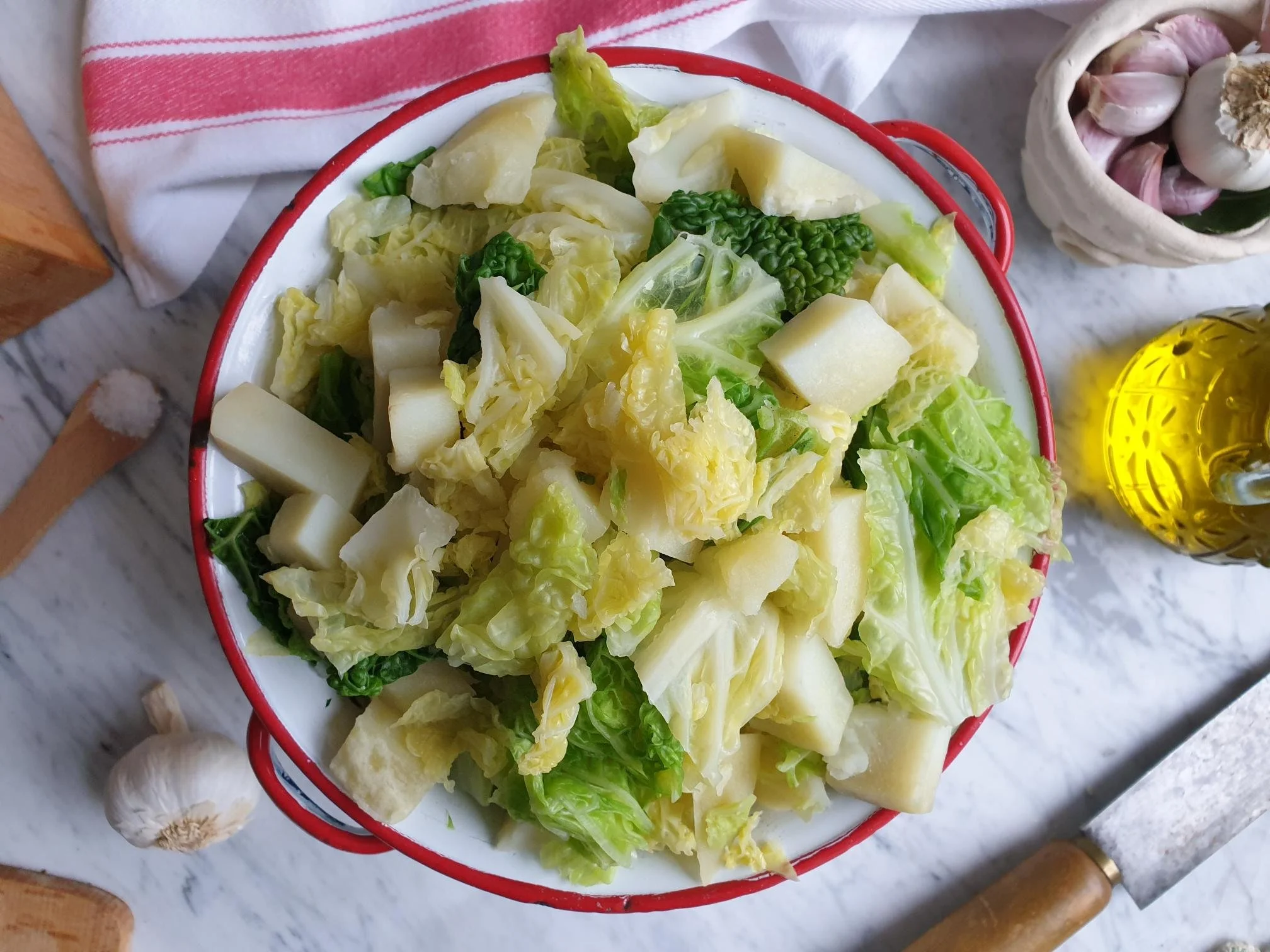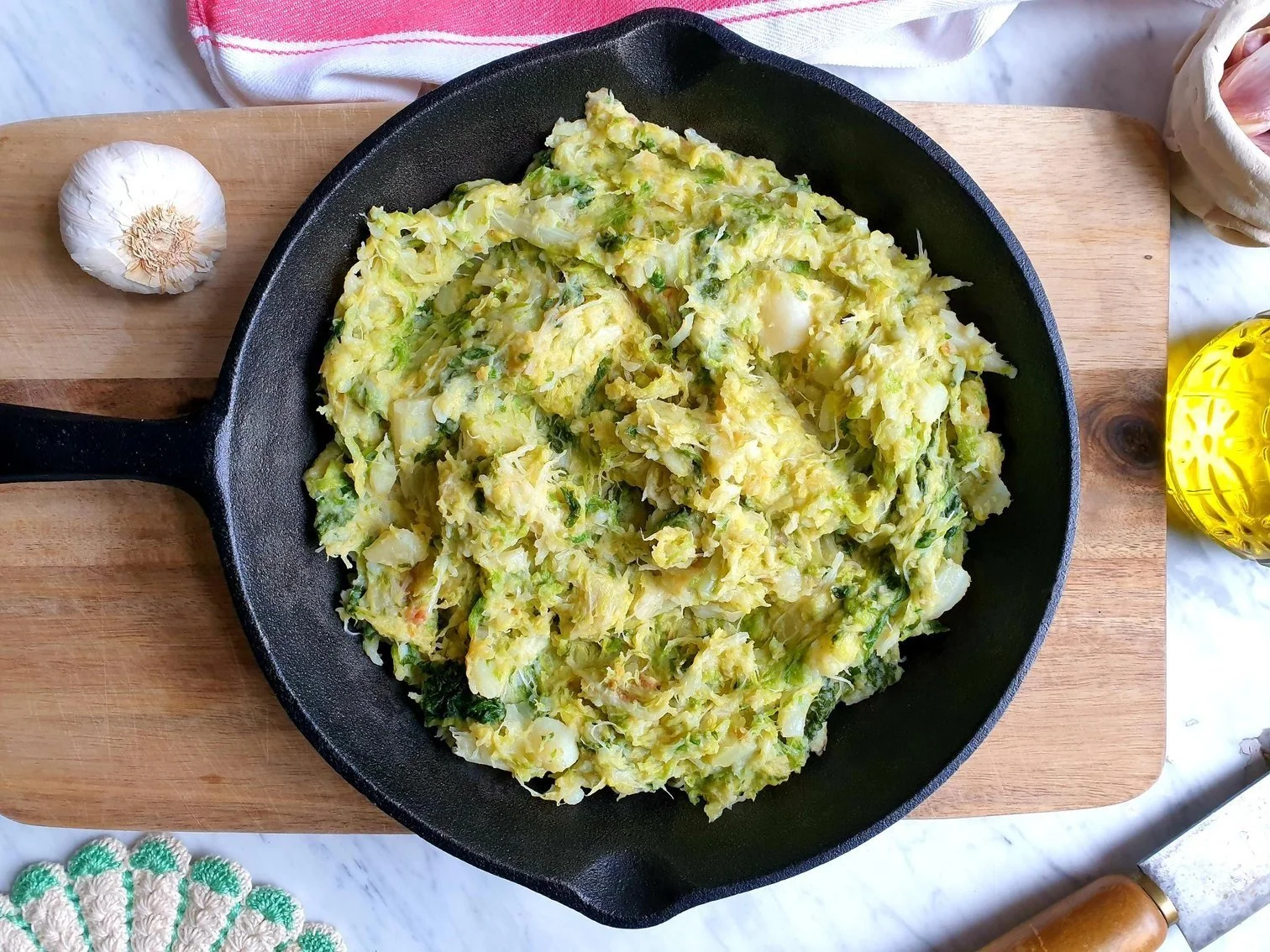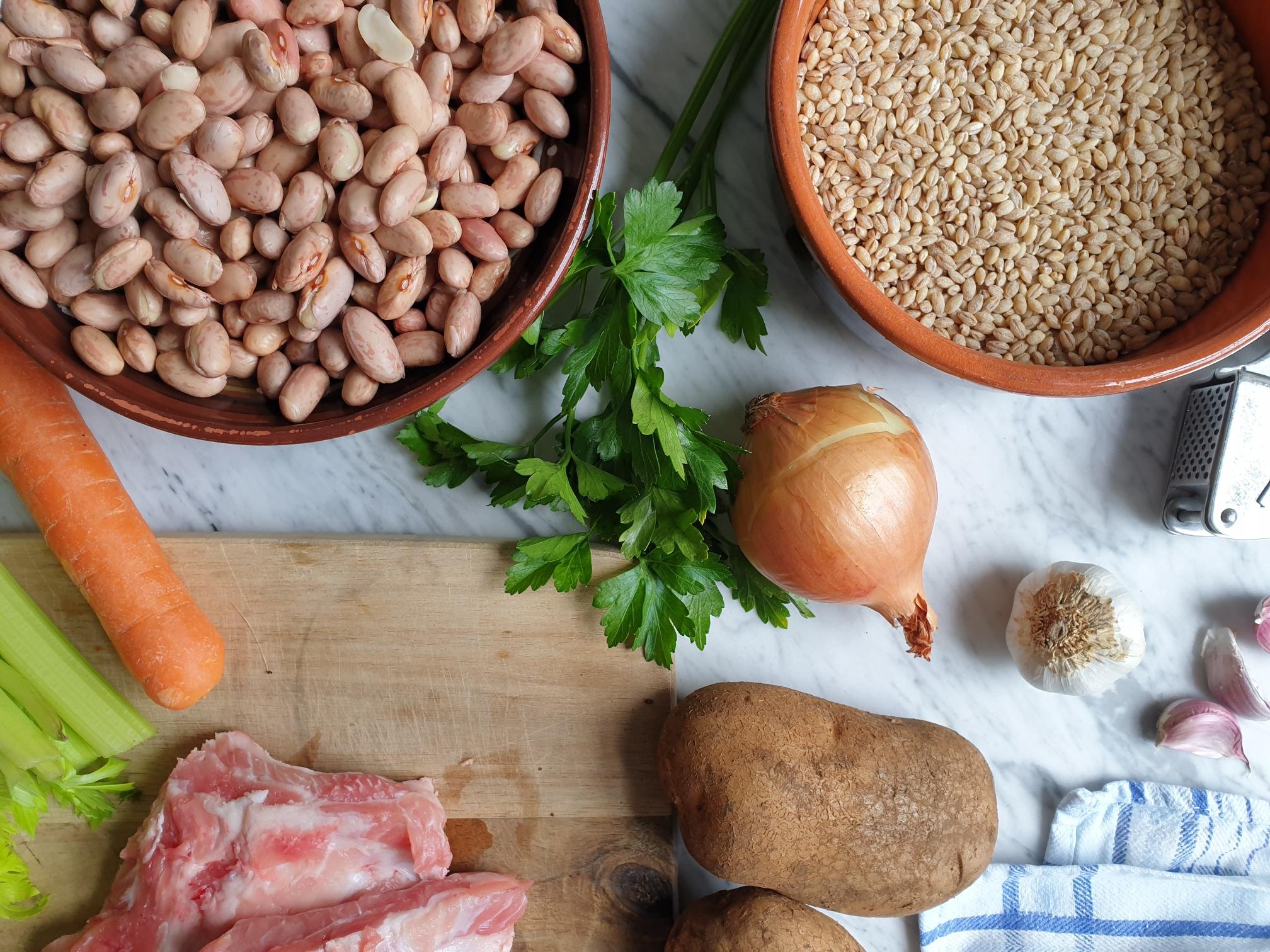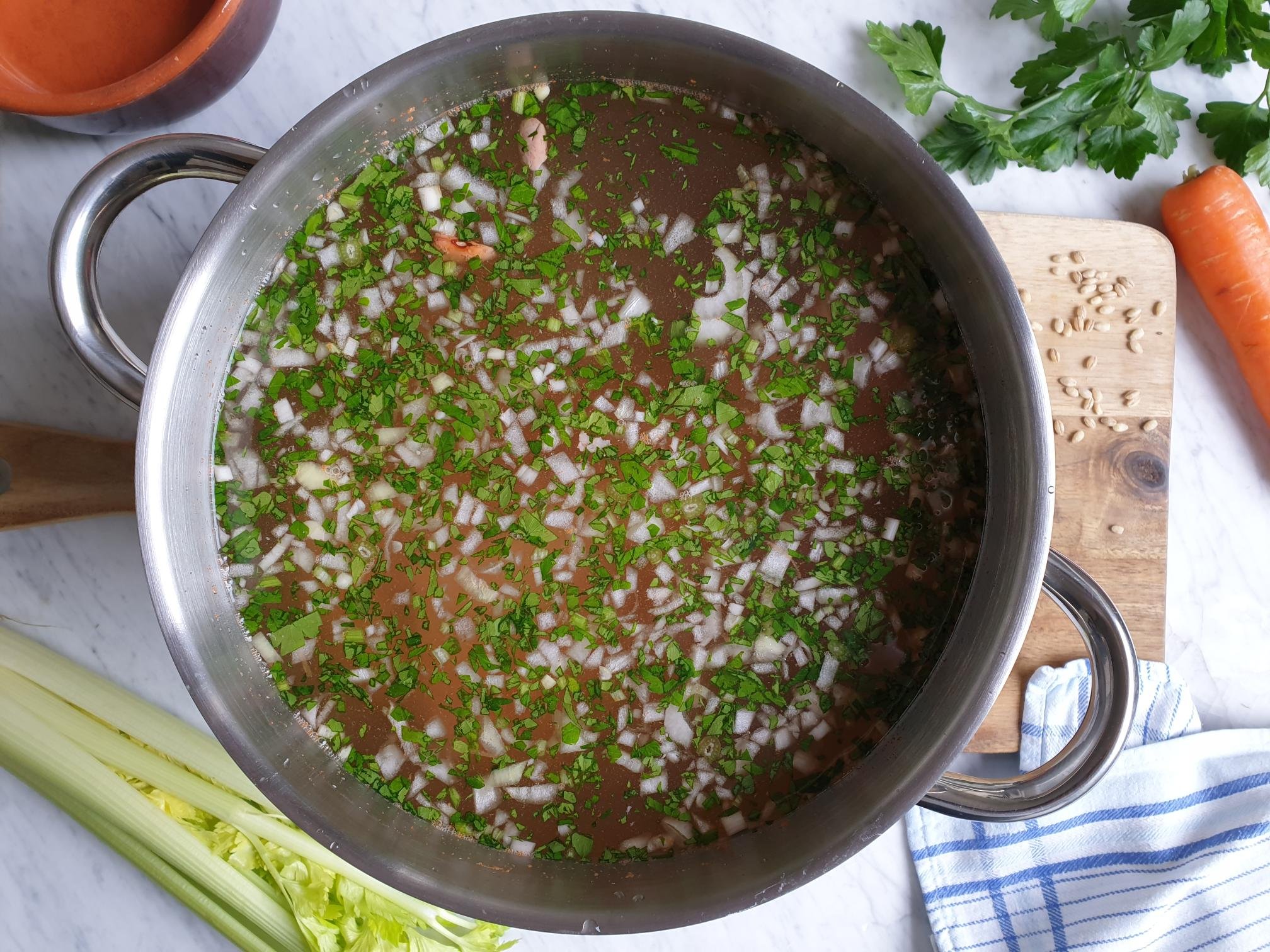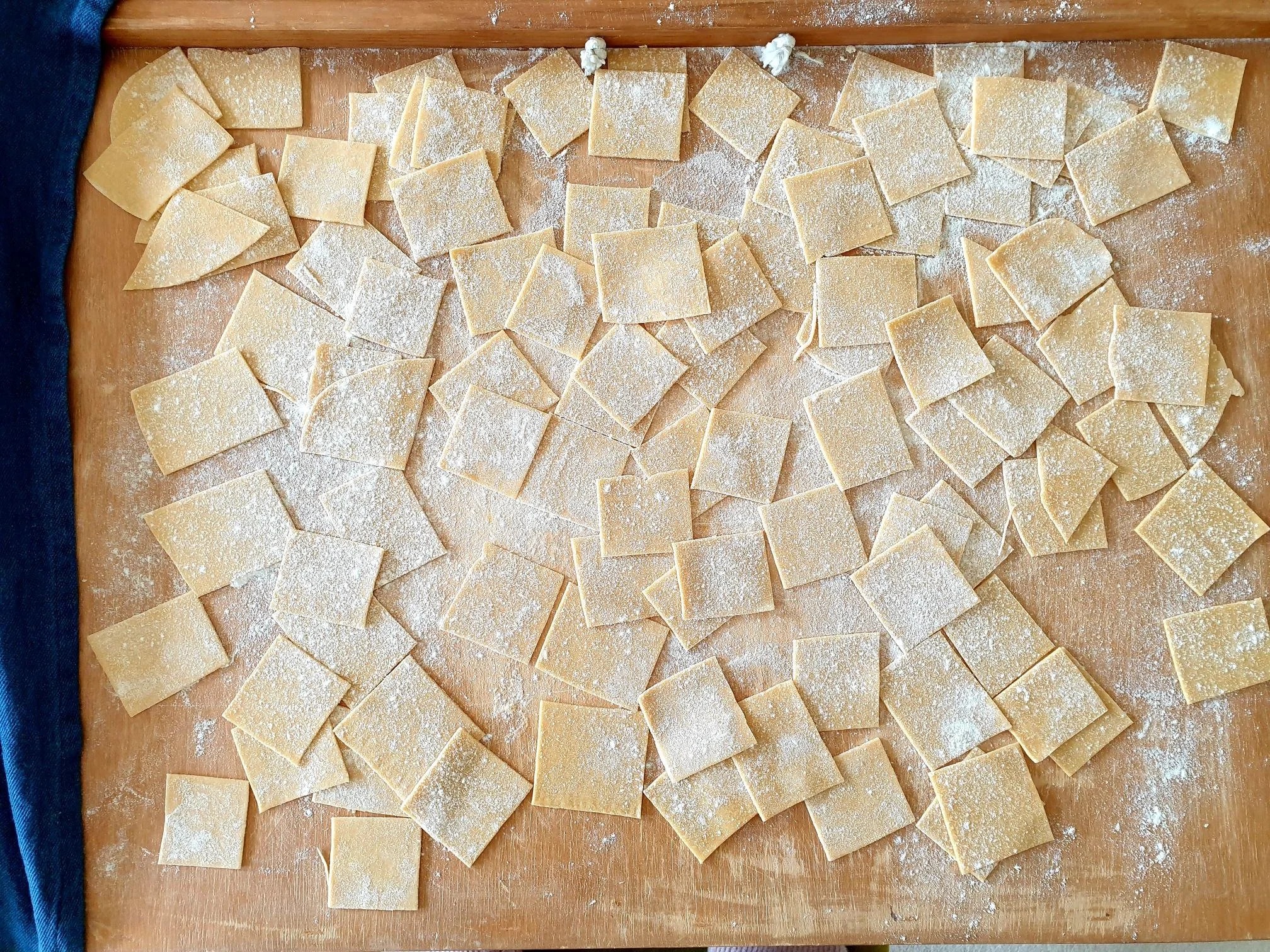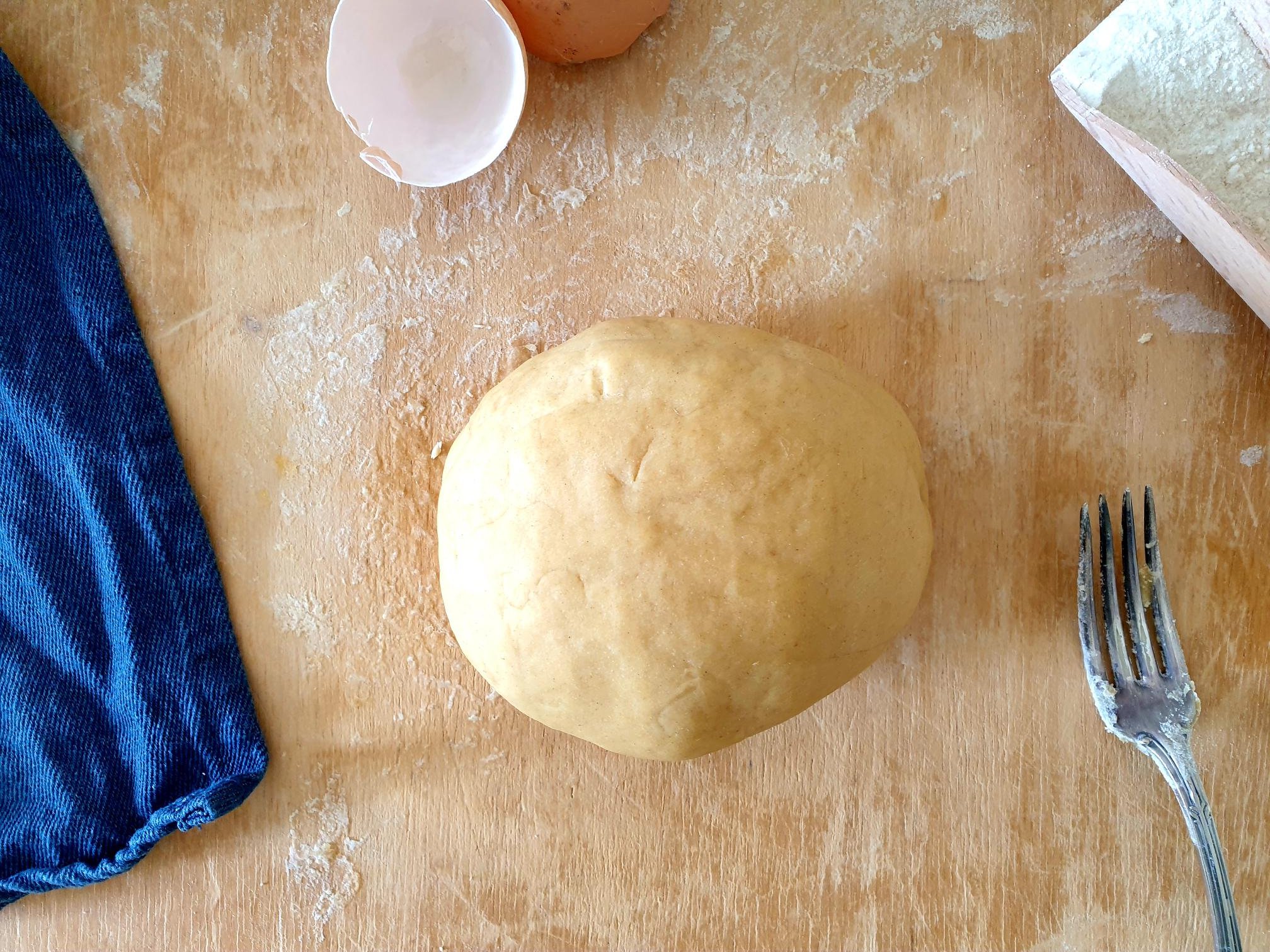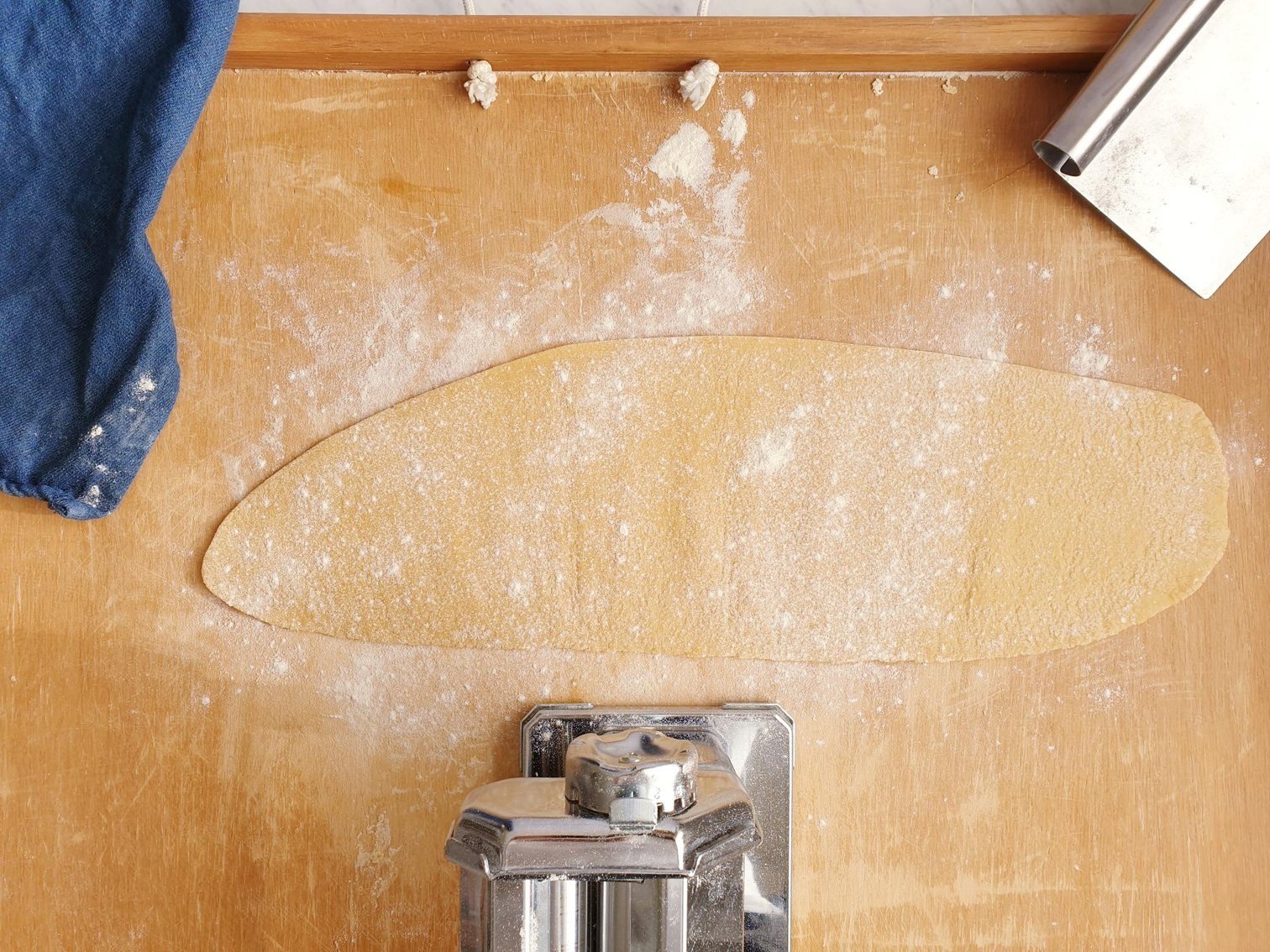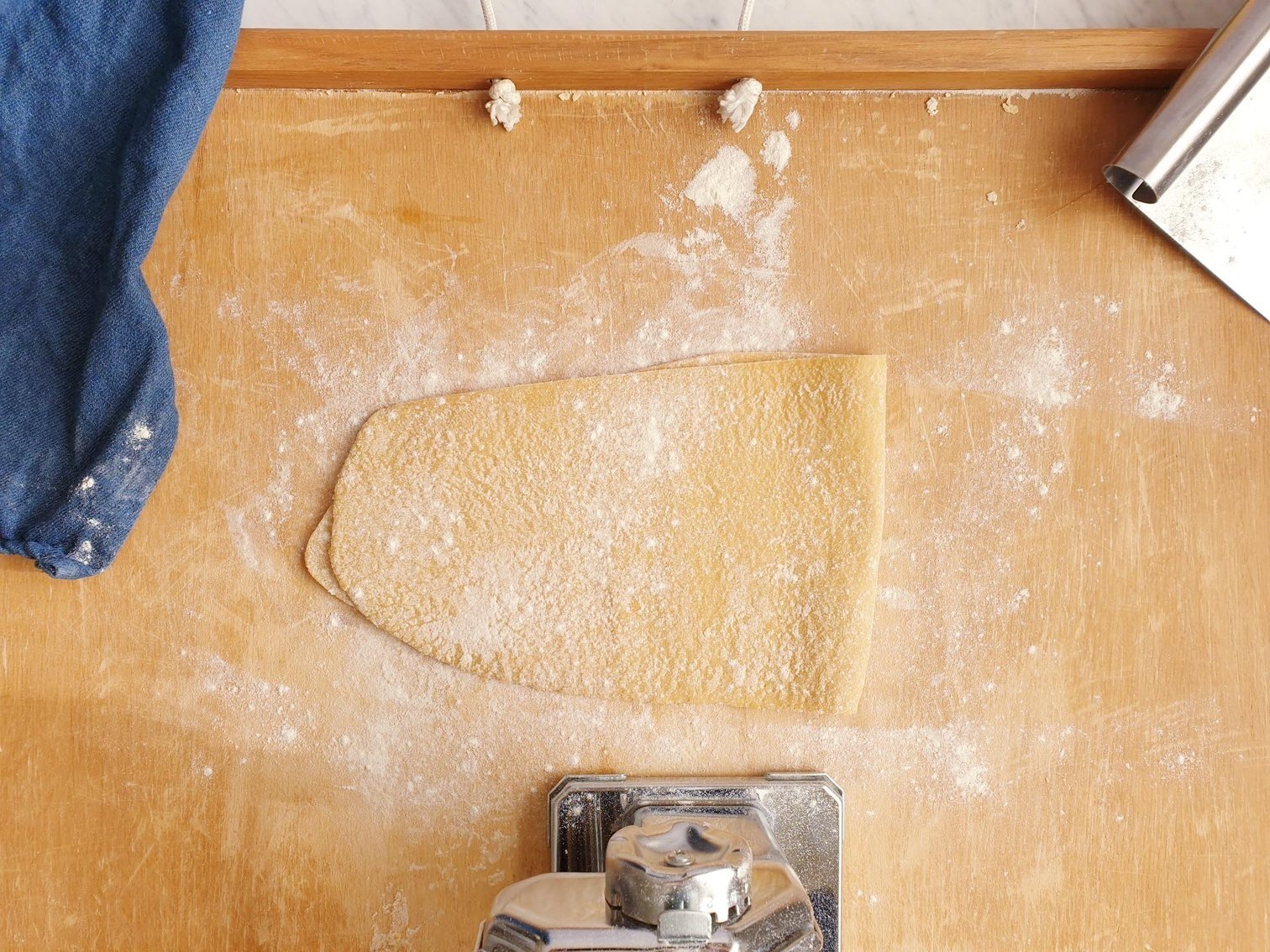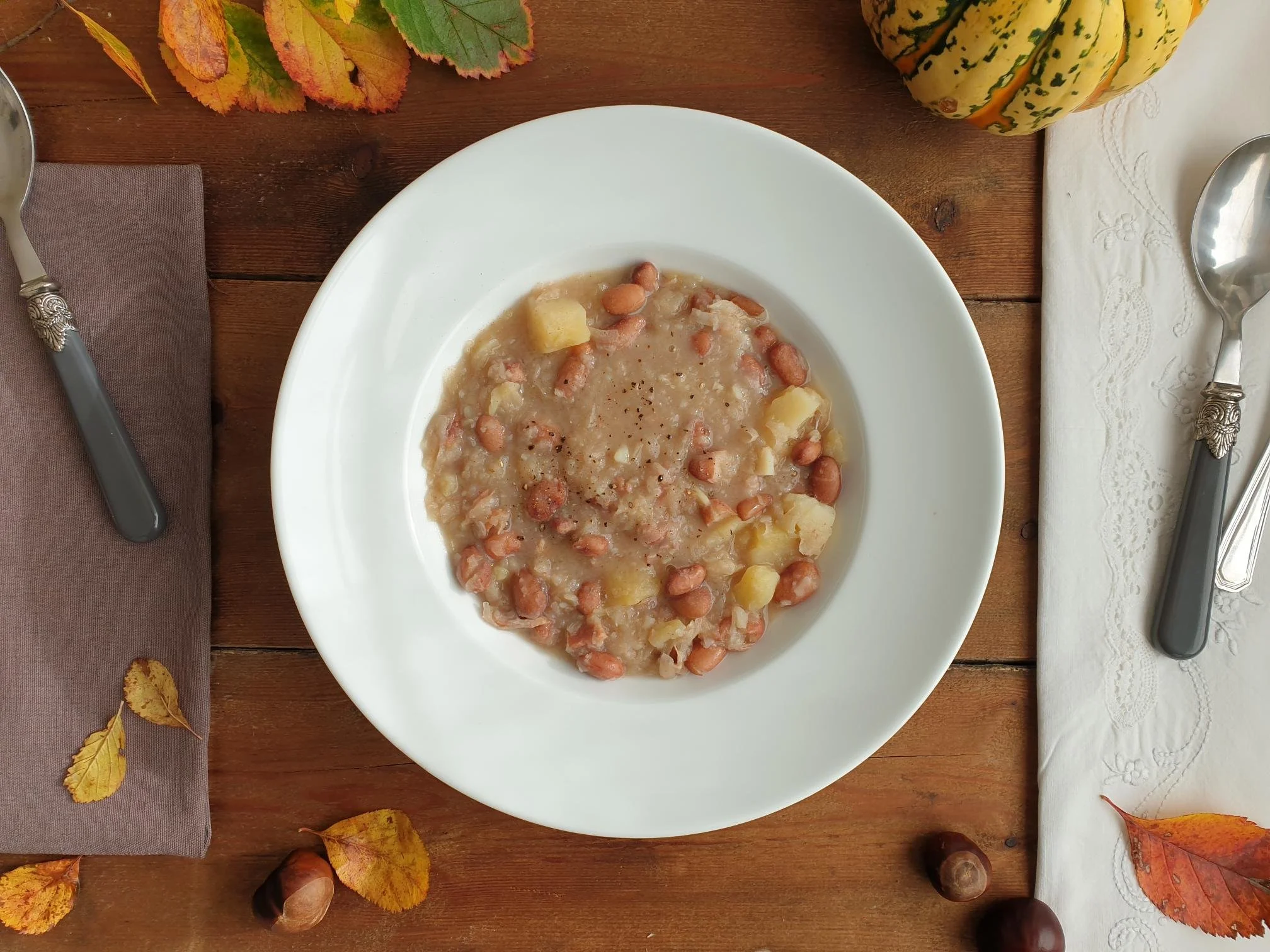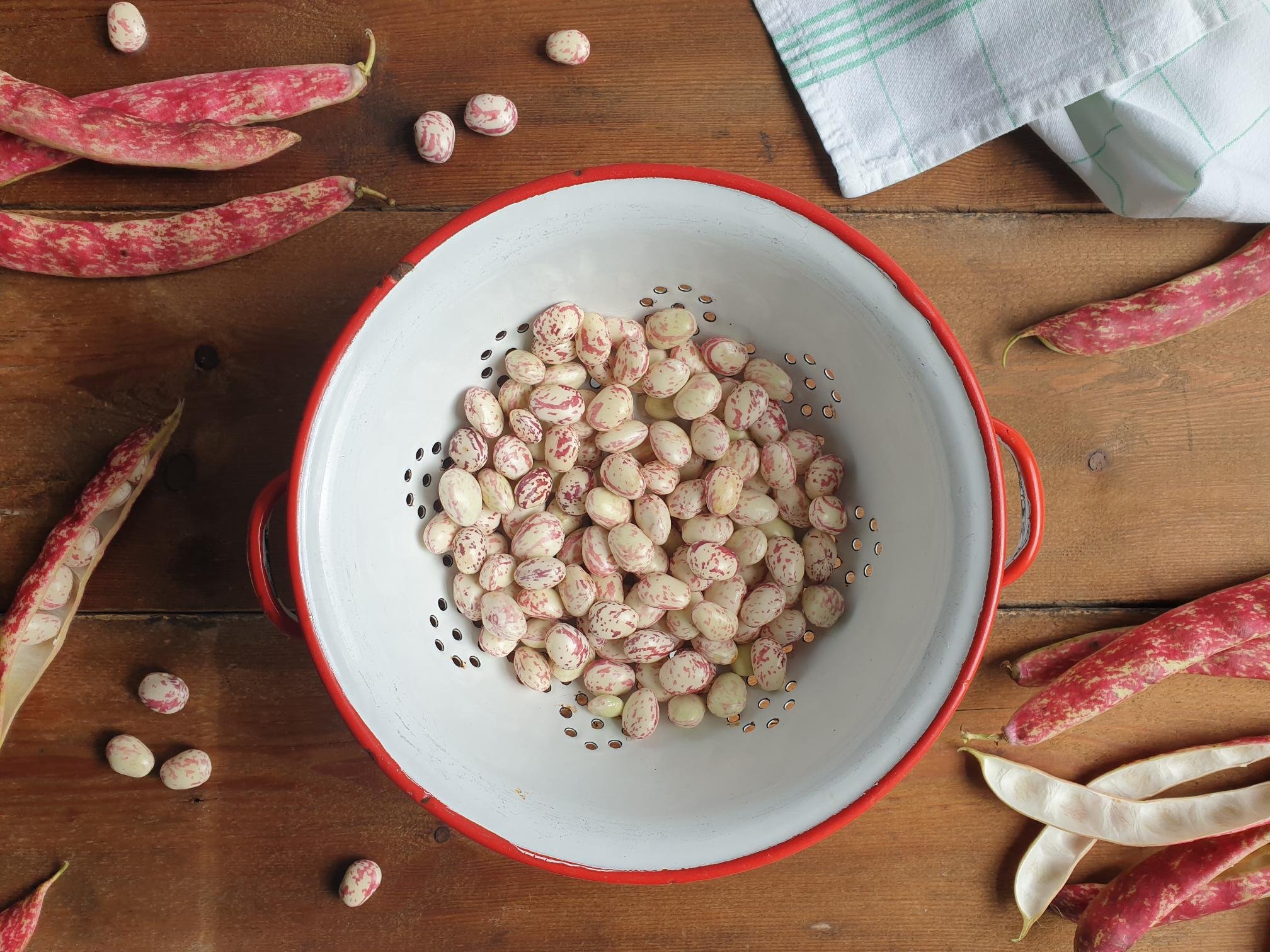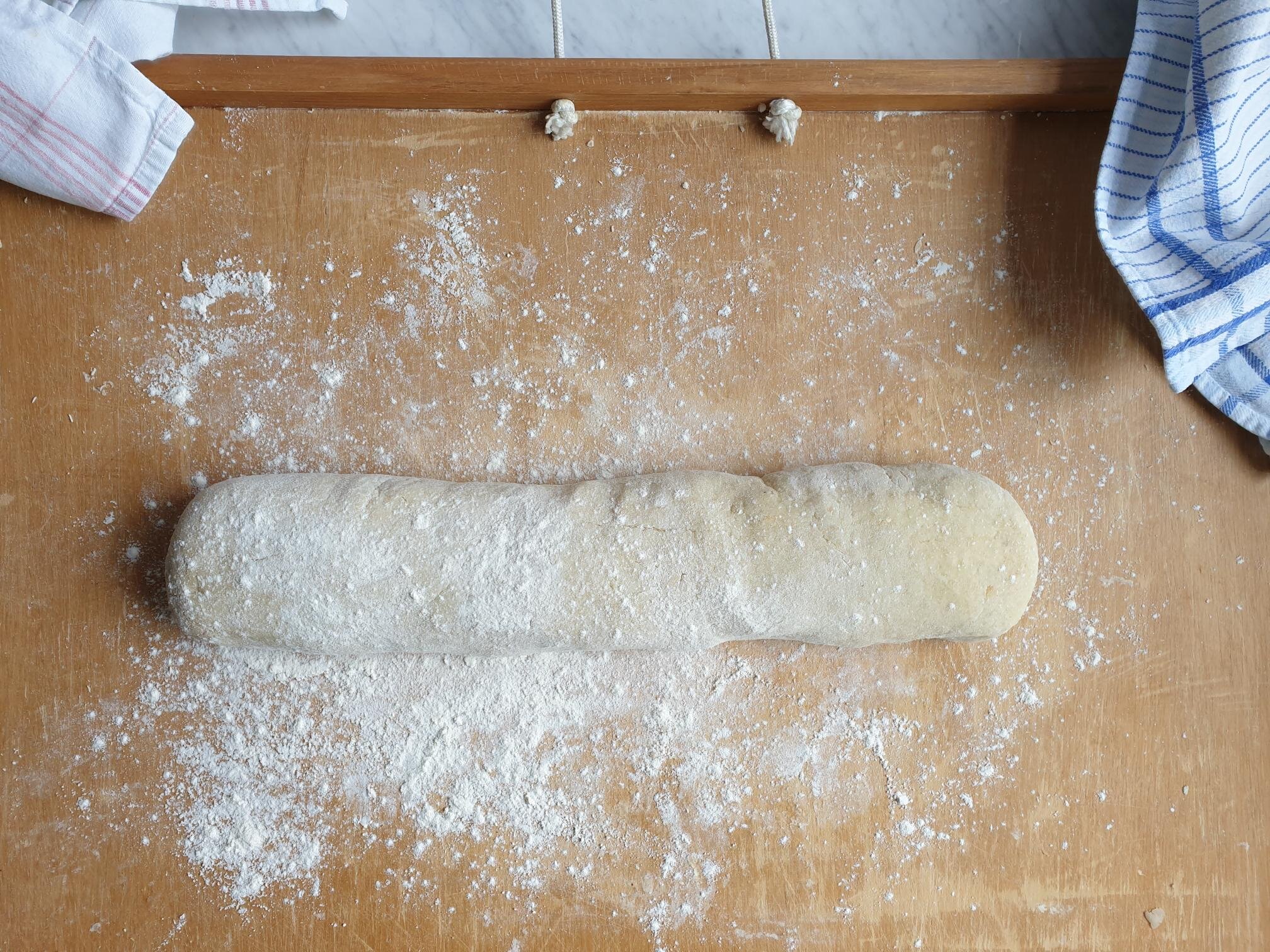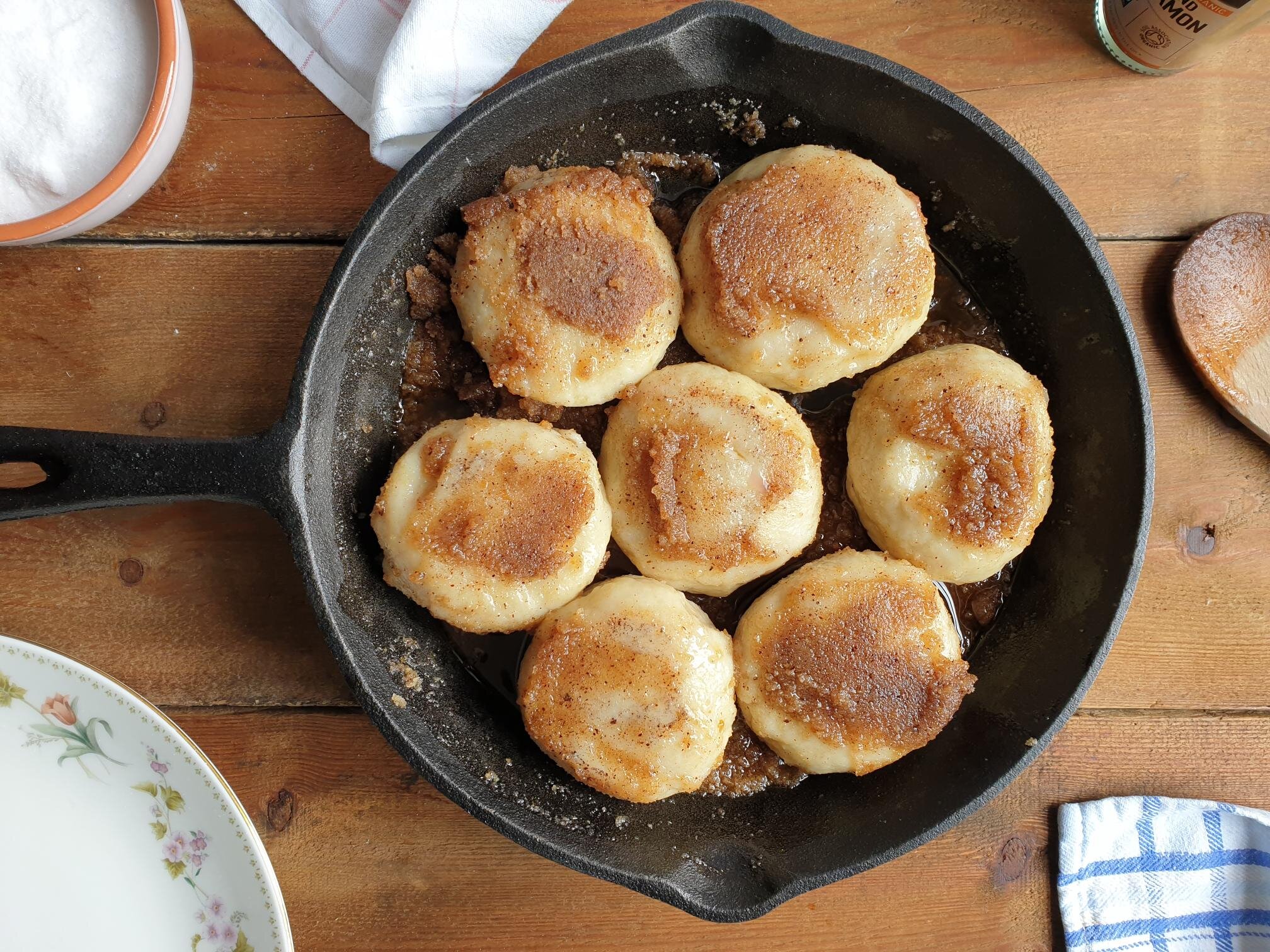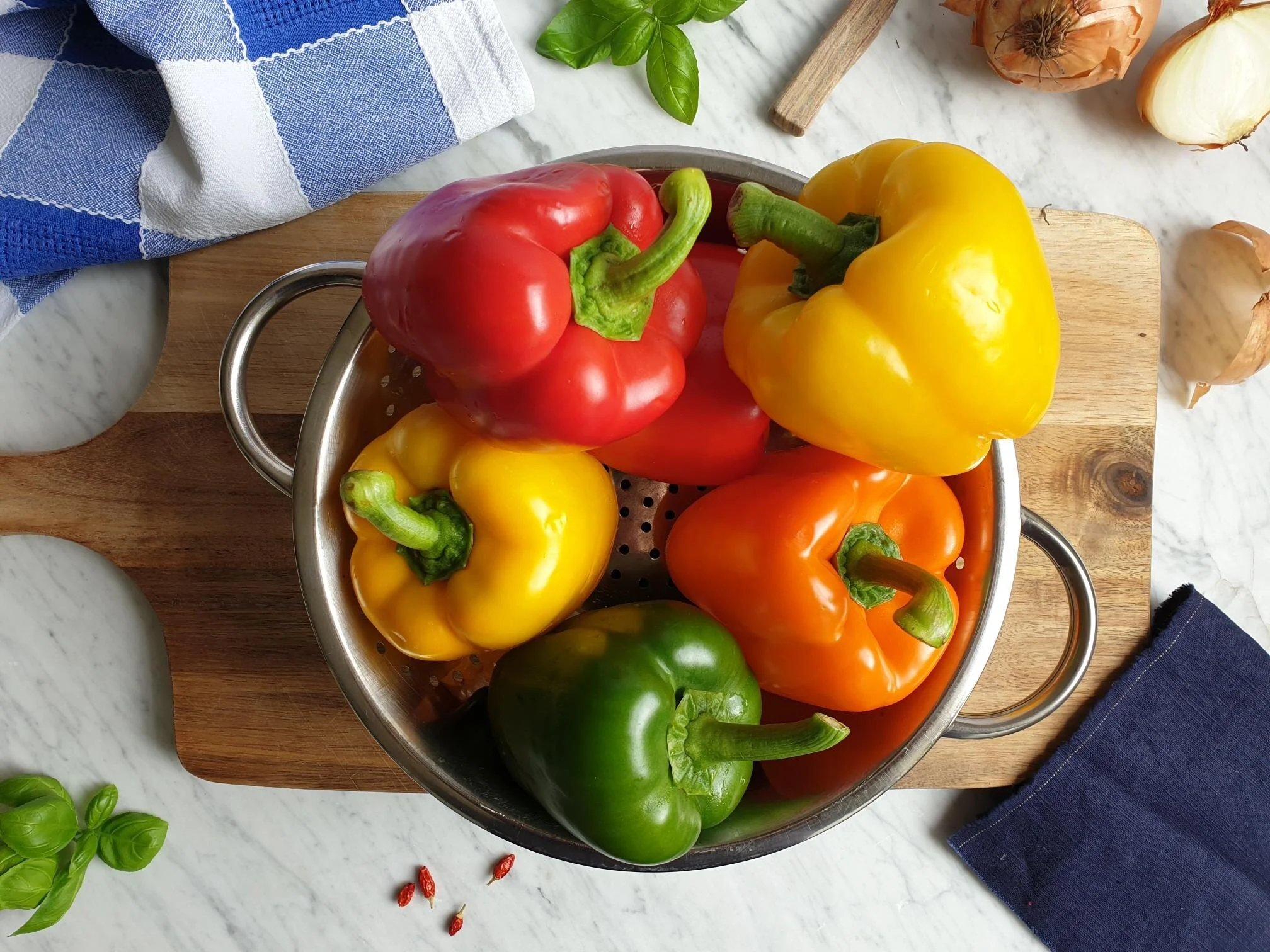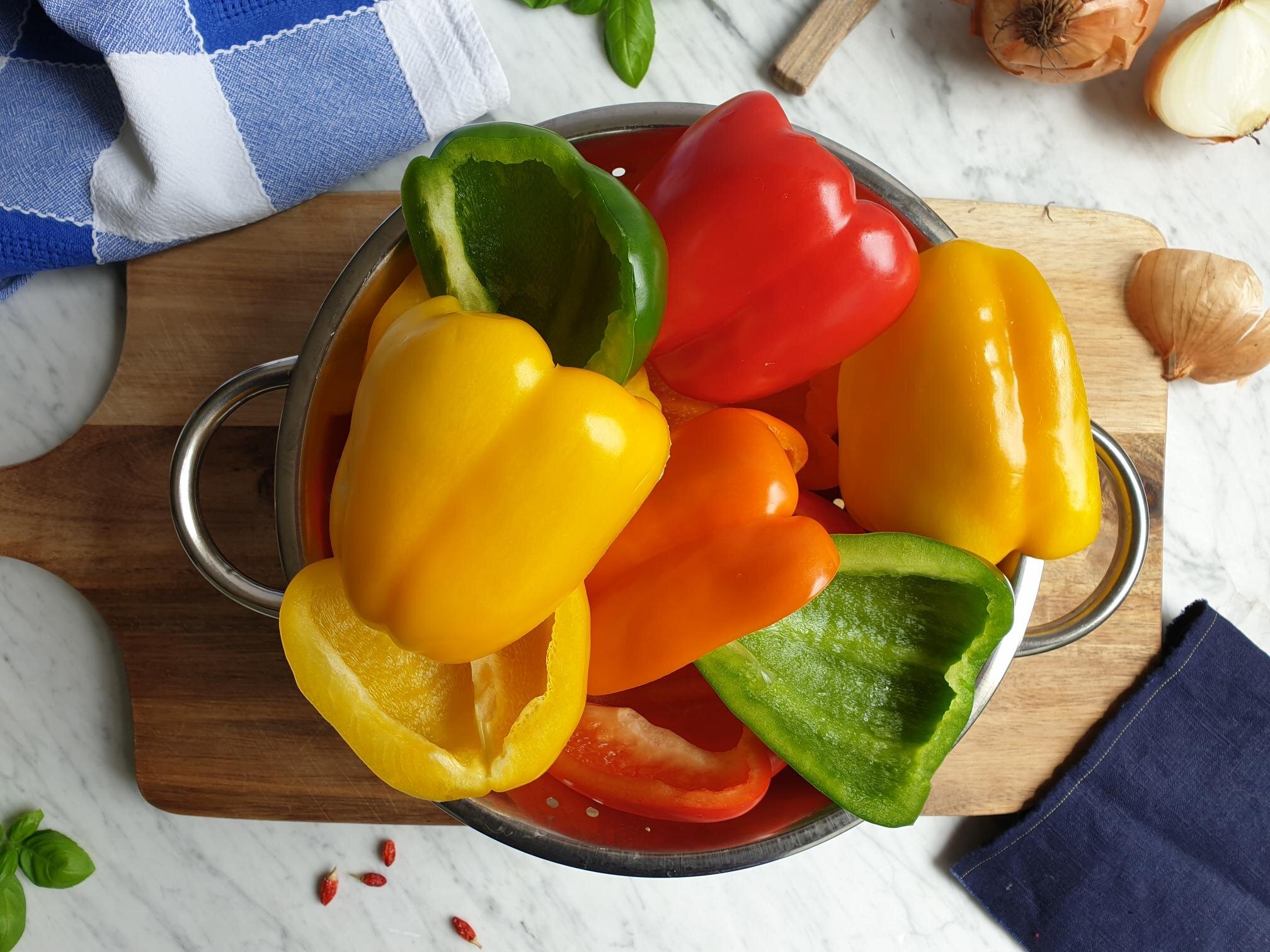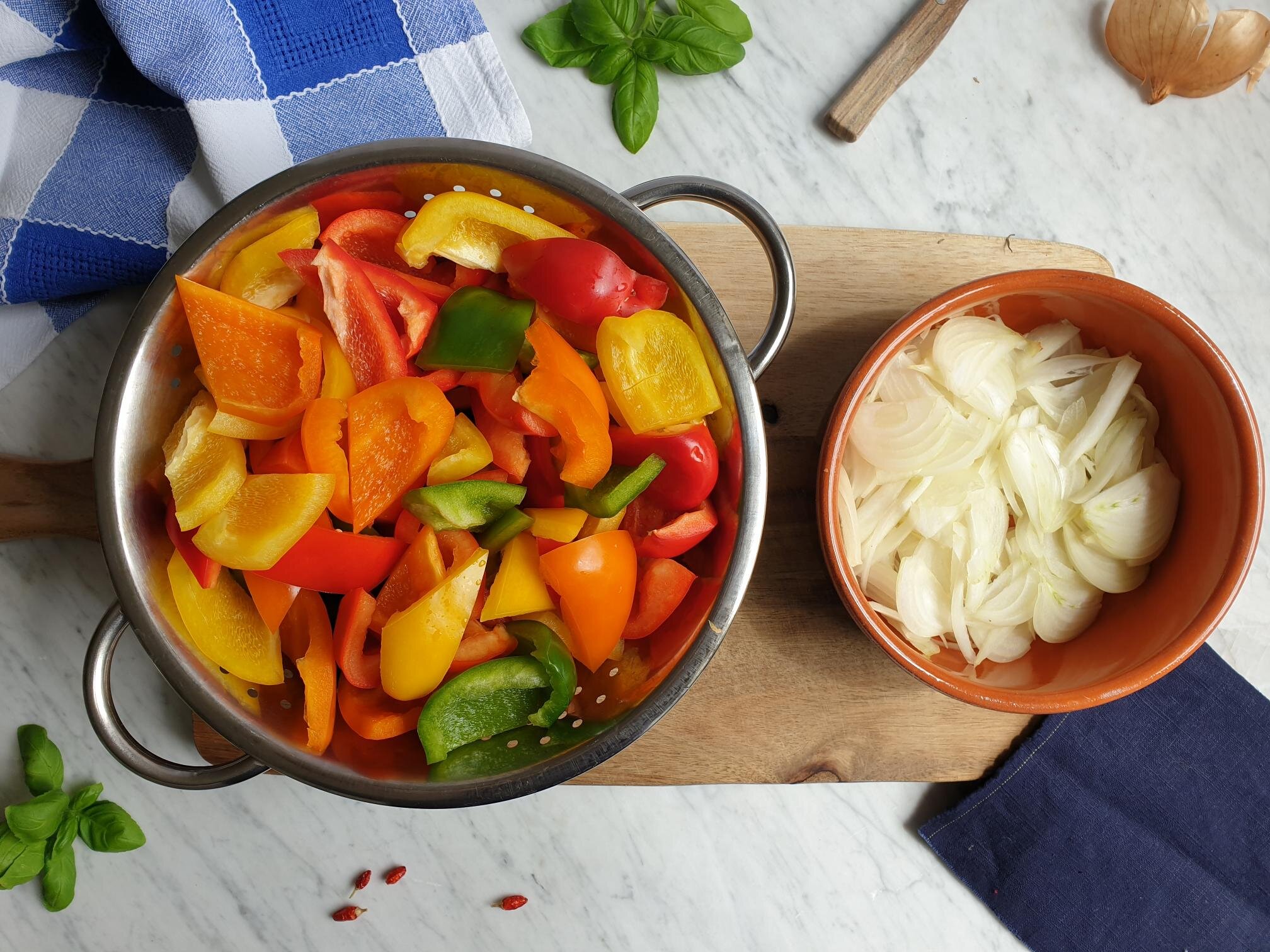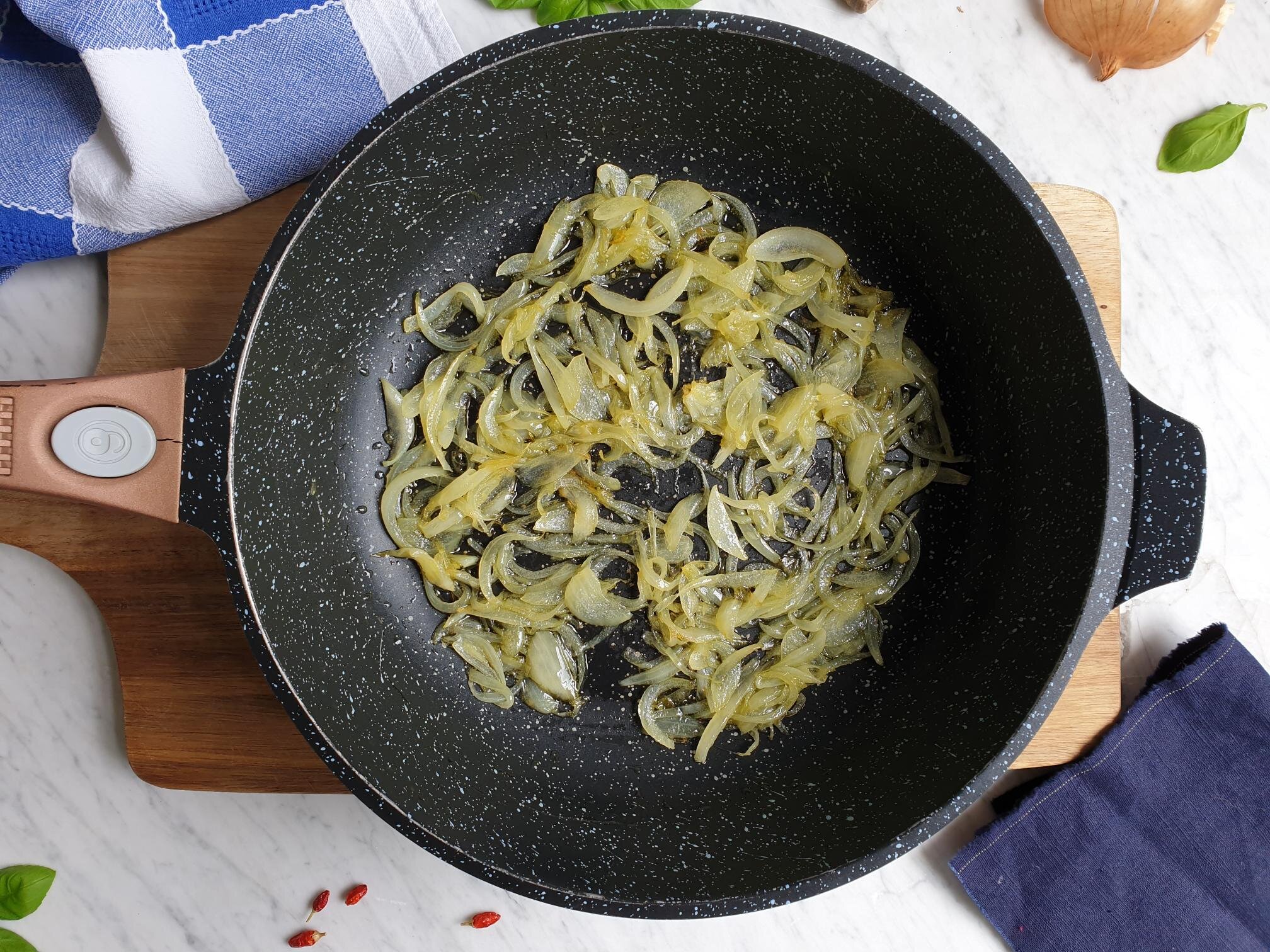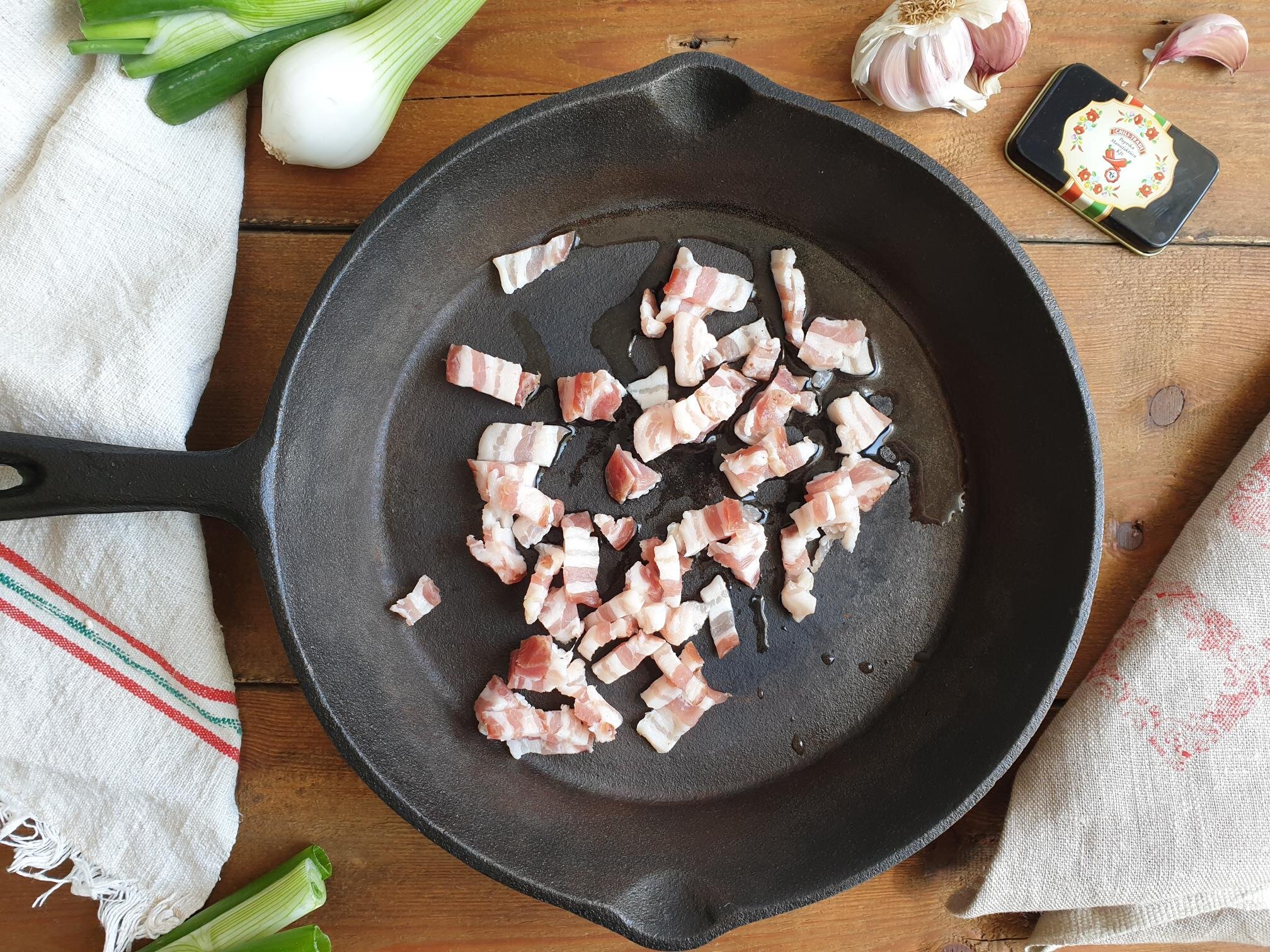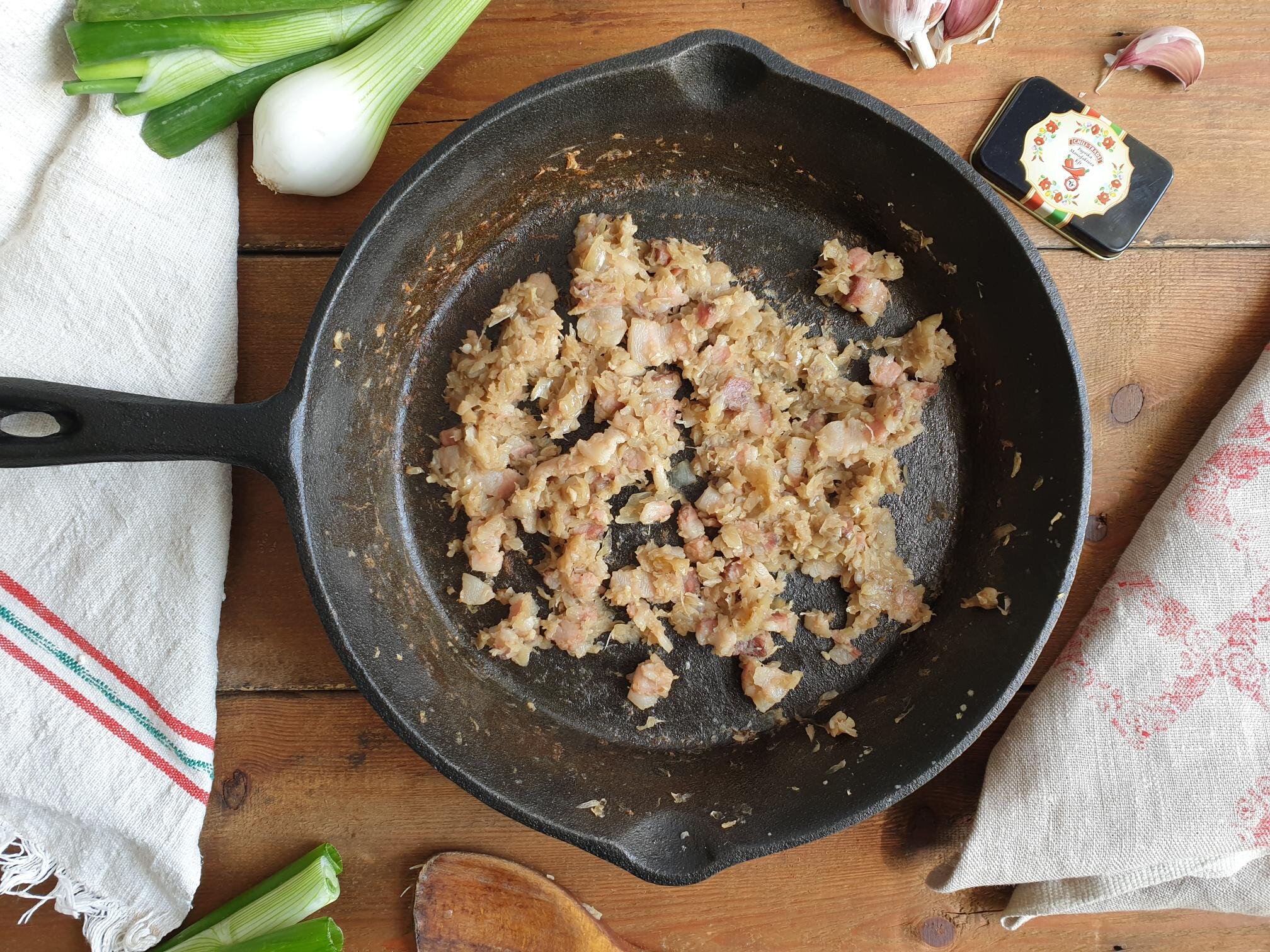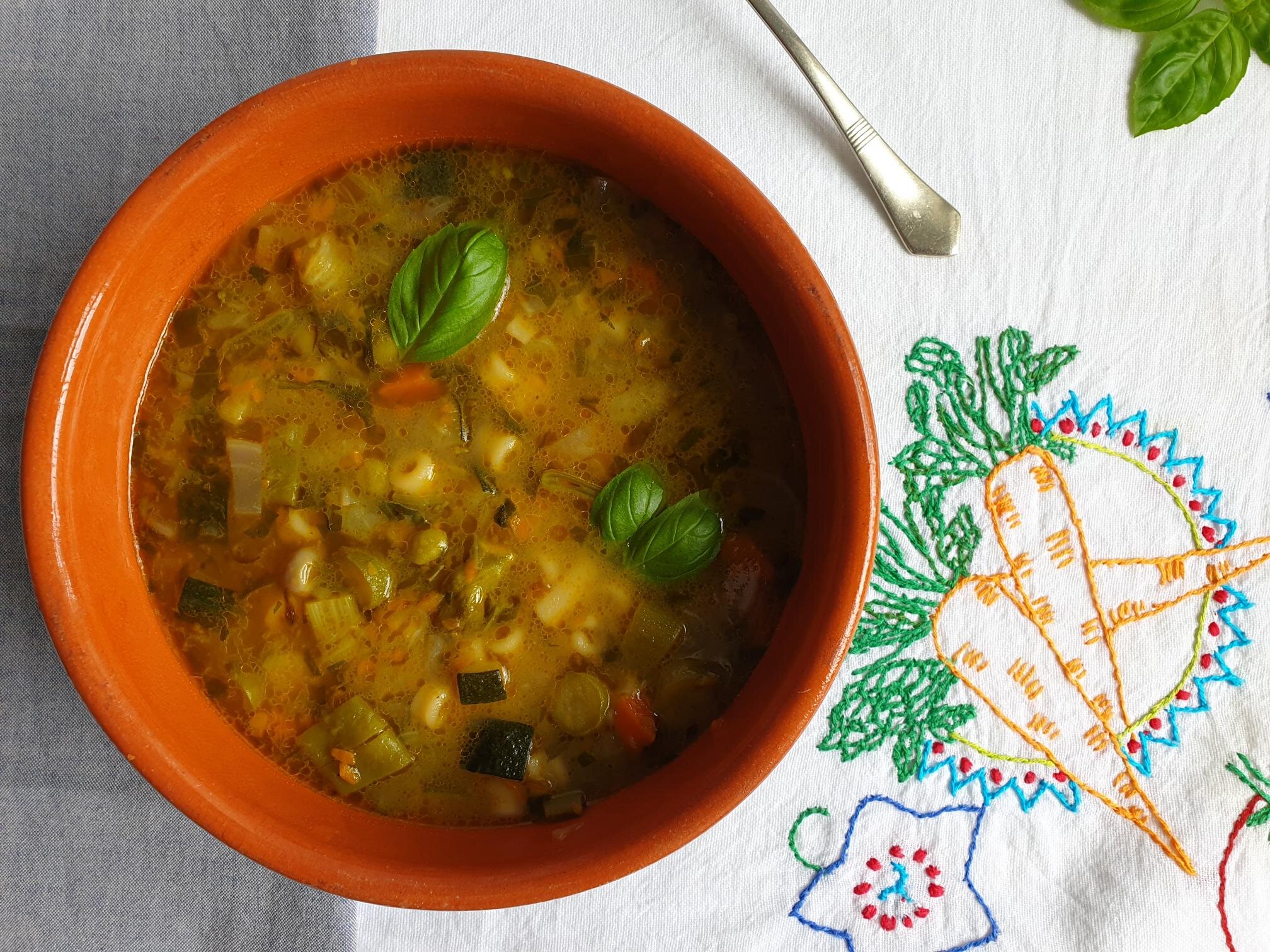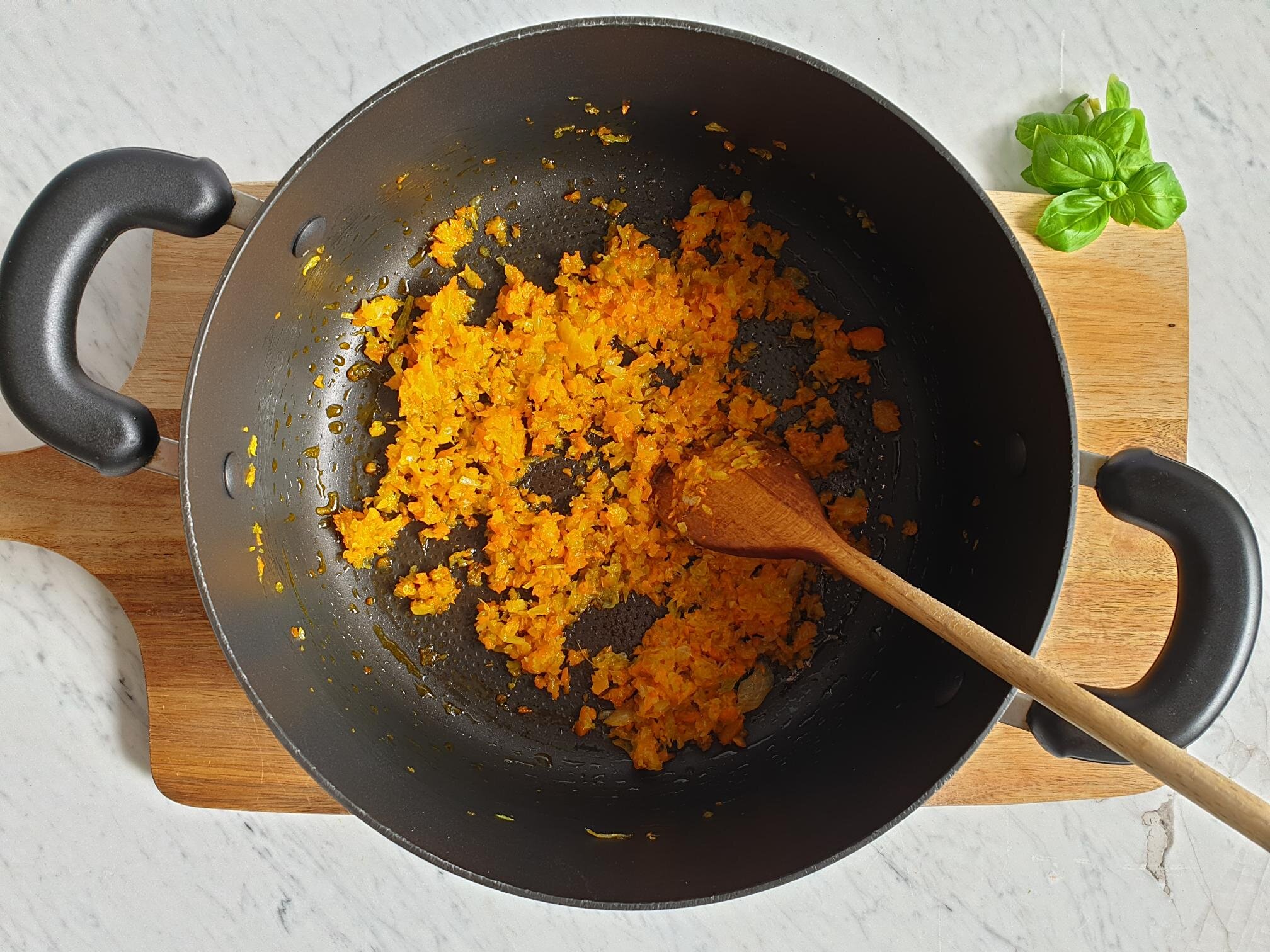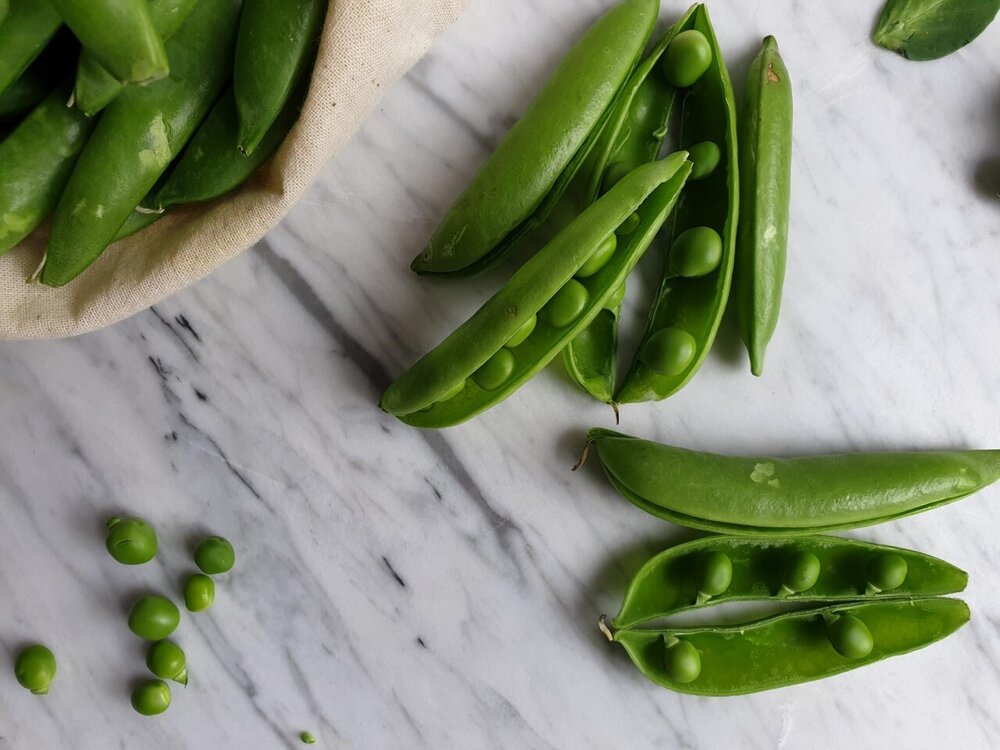Green Asparagus Risotto Venetian style Recipe
Green asparagus risotto with its pale green colour, is elegant in appearance, sweet and nutty taste of the asparagus makes this classic risotto delicate, simple, and clean in flavour, but a surprisingly tasty rice dish. It is creamy and very satisfying. This risotto celebrates the best of spring vegetable, making it a perfect choice for a quick week night dish.
The preparation and cooking of this risotto is particularly simple and quick, perfect for just about any occasion. It covers informal and more rustic eating settings, where risotto is served in a bowl and eaten with a spoon, as well as more formal settings, where risotto can be placed onto big white plates with maybe Parmiggiano Reggiano shavings, which can impress your slightly more demanding quests.
Asparagus risotto is very popular on the Slovenian coast, where I was born and grew up, and this is no surprise as the Veneto (region in Northern Italy) is where the greatest variety of risotto dishes can be found, and is a short car drive from my home town.
Asparagus back home is a very much celebrated spring vegetable and used to make a lot of different dishes, minestrone primavera, asparagus frittata, cooked asparagus with hard boiled eggs, sautéed asparagus with scrambled eggs, just to mention a few. Very frequently the bought variety of asparagus would be replaced by the wild variety since like mushrooms, it is also found in nature (without any concern about poisonous varieties!), and is very keenly foraged by the locals during their pick season in mid spring.
As a child I have vivid memories going with my mother to the market and seeing beautifully displayed bunches of asparagus which were than purchased to make the risotto.
I am sharing here my mother's recipe for the asparagus risotto with which I grew up, she told me that when I was little I used to pile a substantial amount of cheese on my risotto, making a mountain of cheese, apparently, I loved it that way, maybe not so appealing now...
Ingredients
Serves 4
200-300g green asparagus
300g risotto rice (like Vialone Nano, Arborio or Carnaroli)
1 onion or shallots (about 80g) peeled and finely chopped
4 Tbsp extra virgin olive oil
1 litre hot vegetable or chicken stock (you can use Instant vegetable or chicken stock powder)
fresh flat leaf parsley, a handful (about 6g), finely chopped (plus some extra for garnish, optional)
sea salt
Parmiggiano Reggiano cheese, finely grated (about a generous handful or to taste)
Method
Before starting making risotto have your boiling hot vegetable or chicken stock ready to hand for later.
Wash the asparagus and pat dry them with the kitchen paper towel.
Cut off the tips of the asparagus and set aside.
Chop the stalk sections of the asparagus.
Put extra virgin olive oil in a pan, add finely chopped onions, a pinch of sea salt and sauté for a few minutes on a gentle heat until soft.
Add chopped sections of the asparagus, not the tips, and cook for a few minutes together with the onions until they soften a bit and deepen in colour
Add the rice and toast for a bit, stirring constantly to avoid sticking to the pan.
Pour or ladle ½ litre (500ml) of hot vegetable or chicken stock and add chopped parsley.
Cook until the first amount of liquid is absorbed then start gradually adding ladles of hot stock, one at a time, allowing the liquid to be absorbed before adding more.
Cook on a medium heat, stirring almost constantly, until the rice is cooked al dente, meaning fully cooked but still a bit firm when bitten, it should roughly take between 15 -18 minutes for a risotto to be cooked.
Add the tips of the asparagus a few minutes before the end of cooking time.
Taste and adjust the seasoning with sea salt, but this might not be necessary since the stocks that come from the store generally speaking are salty already!
Serve immediately while the risotto is still hot and rather liquidy.
Ladle the risotto onto the plates, sprinkle with freshly grated Parmiggiano Reggiano cheese and garnish with some roughly chopped fresh parsley.
Just a thought
For even creamier texture, you can finish cooking the asparagus risotto with a typical Italian mantecare phase. Remove the saucepan from the heat, add grated cheese and a bit of cold butter or cream to the risotto when is almost finished and stir with a wooden spoon quite vigorously in order to develop that delicious creamy texture.

